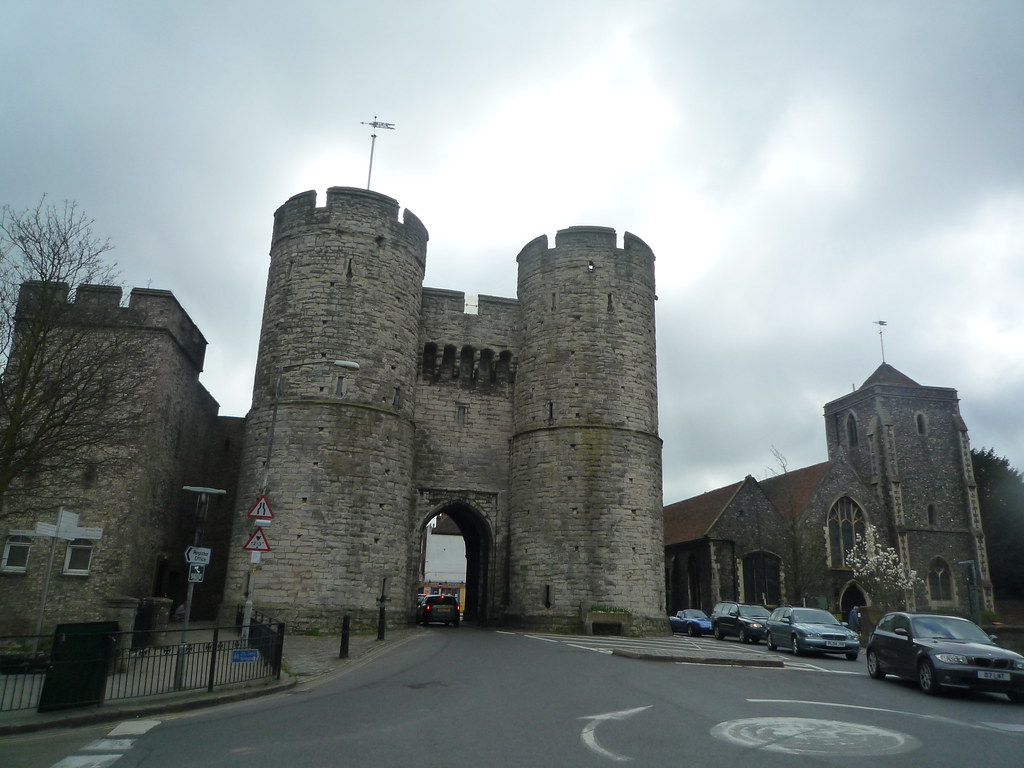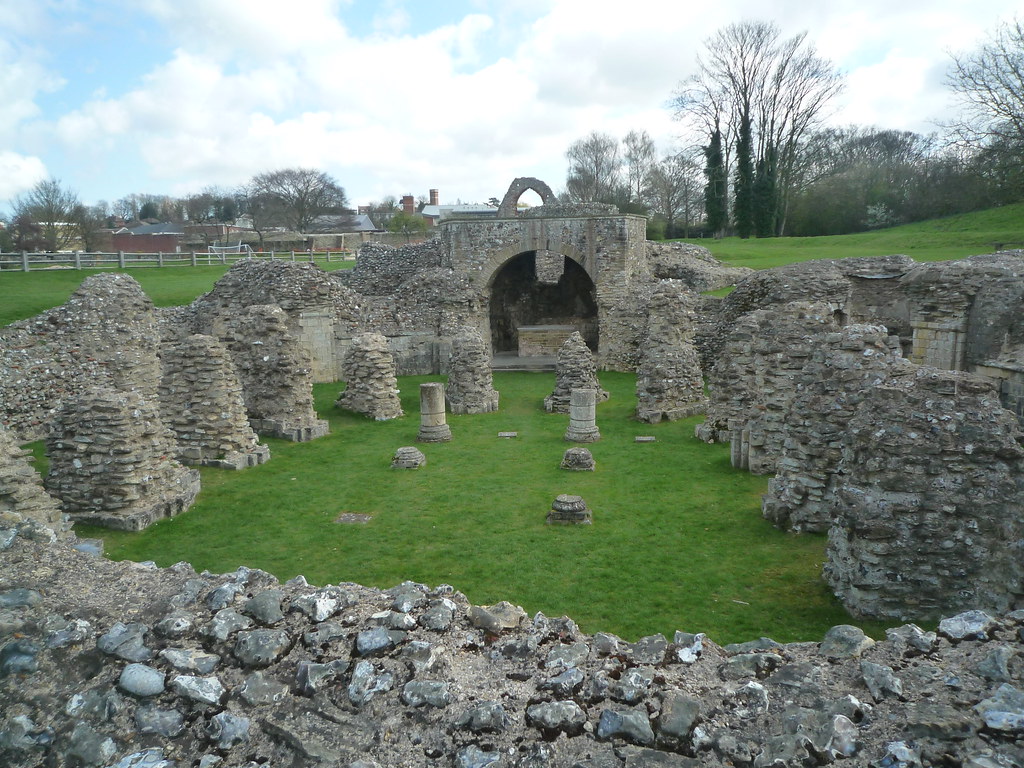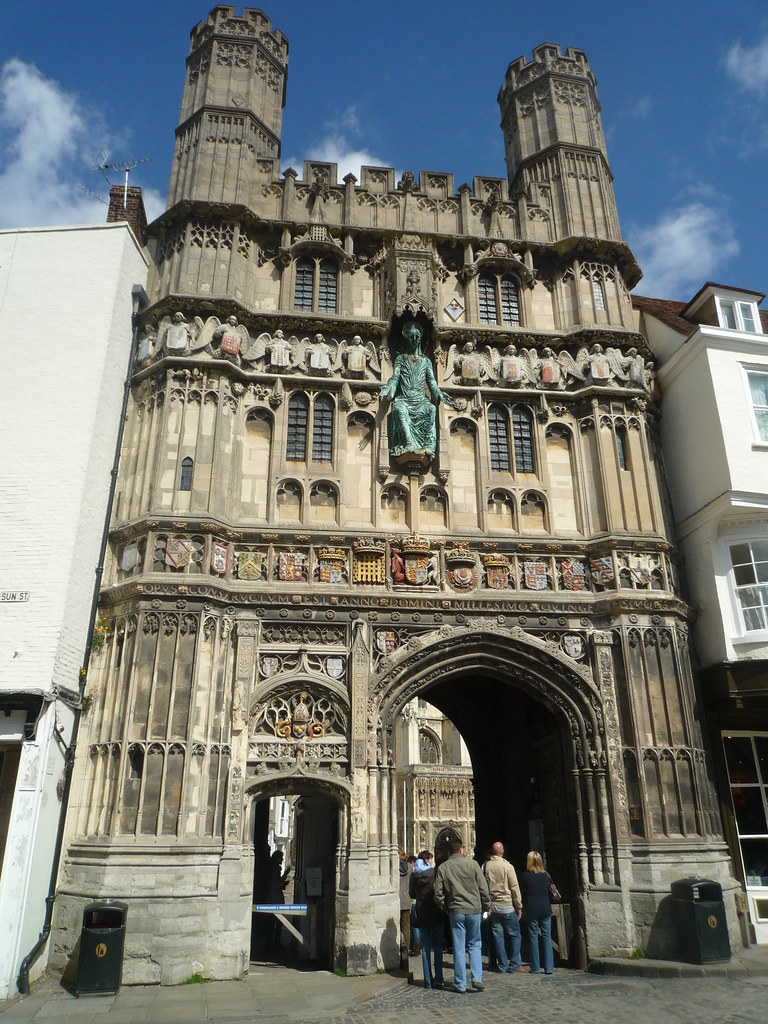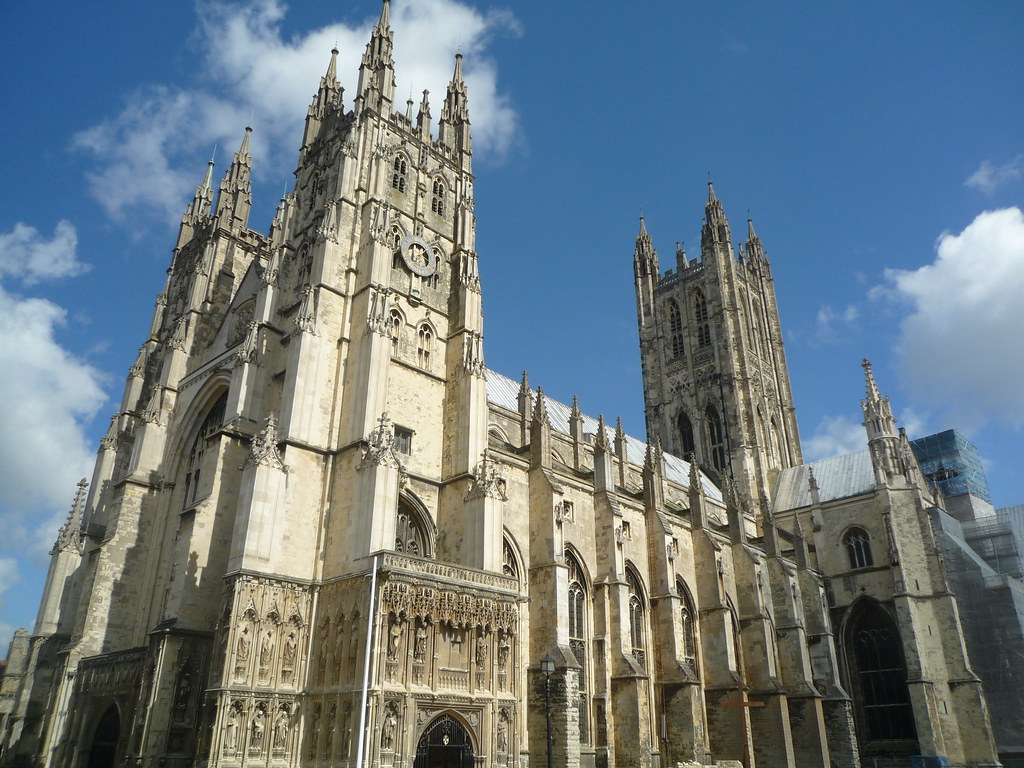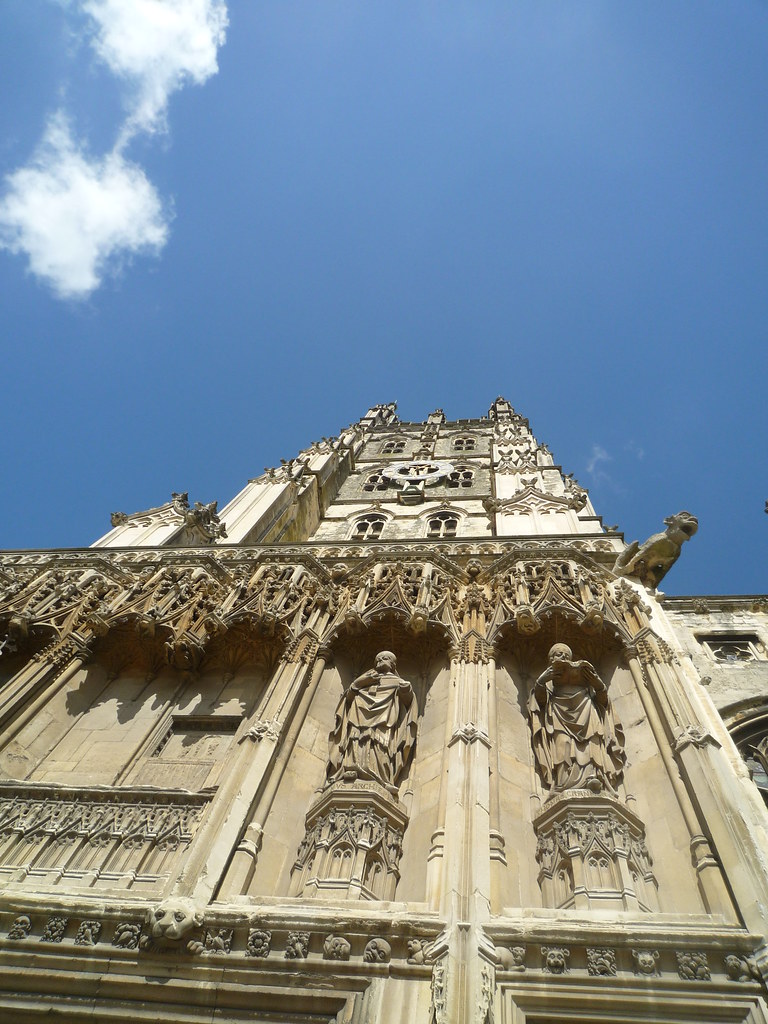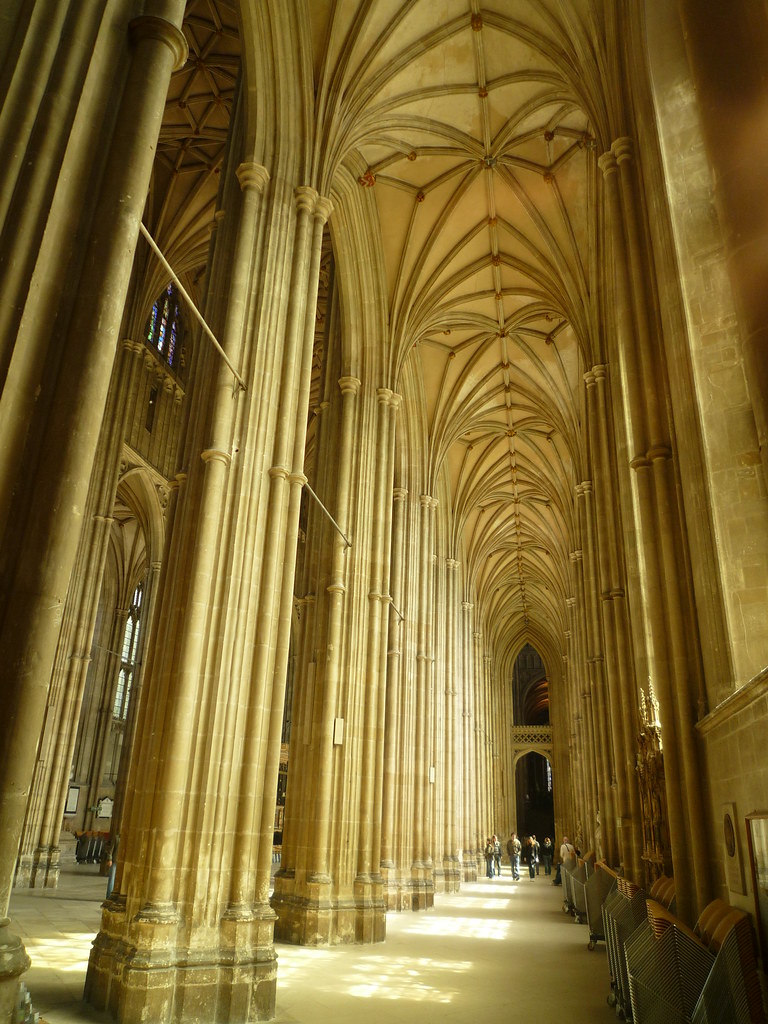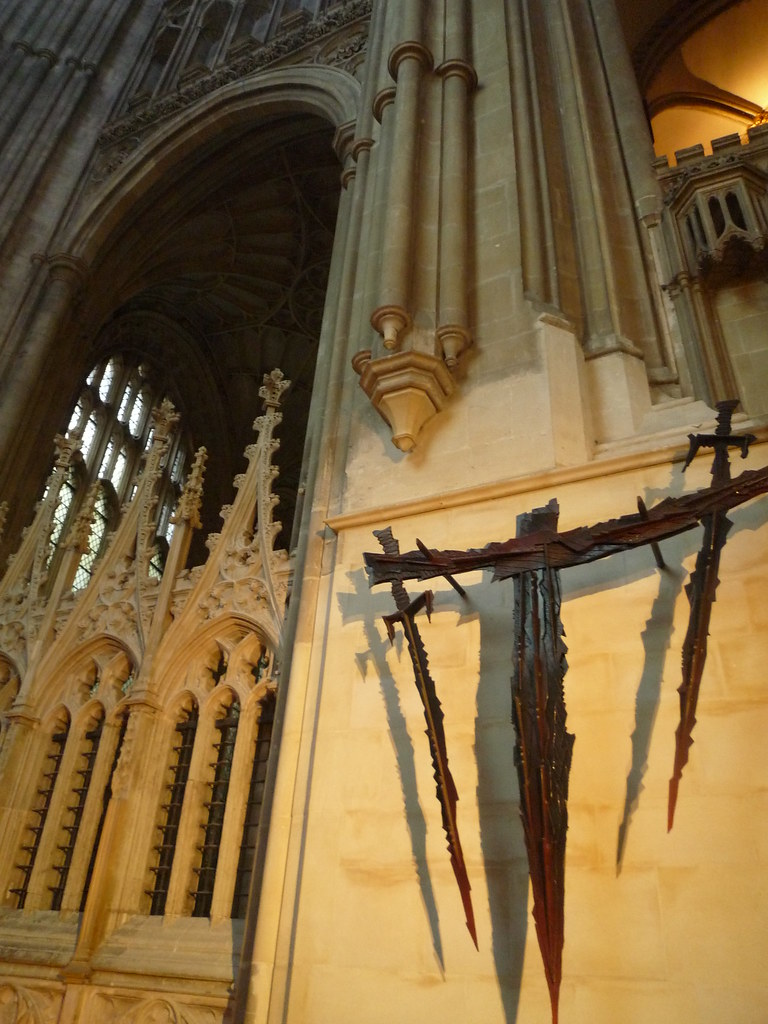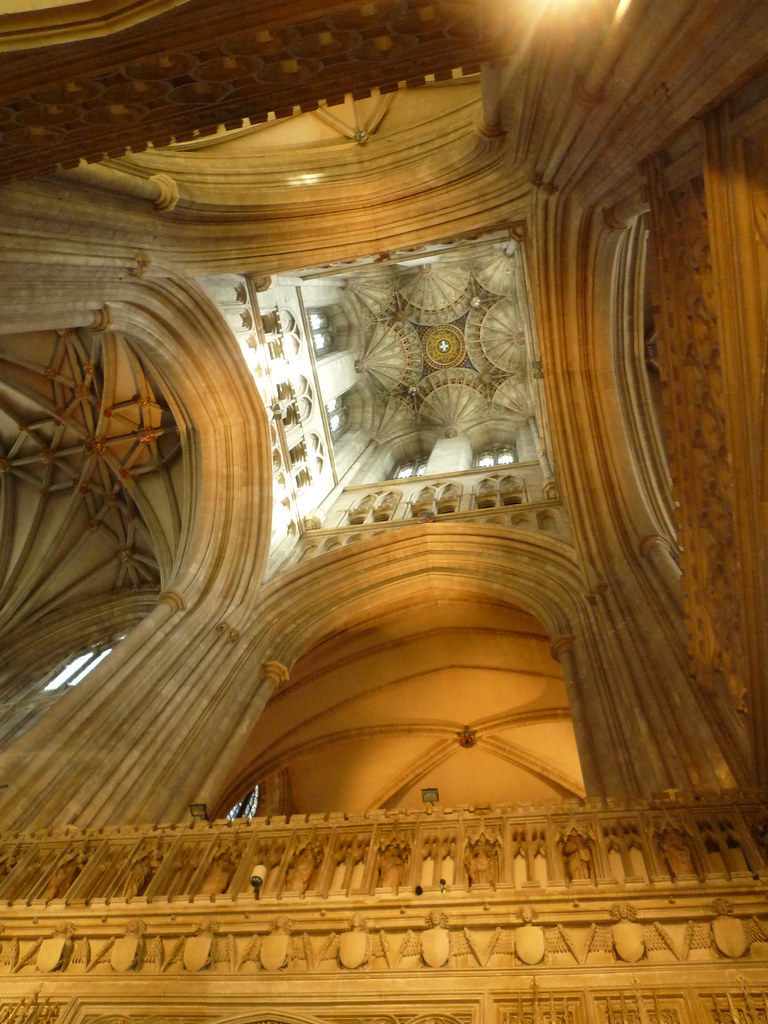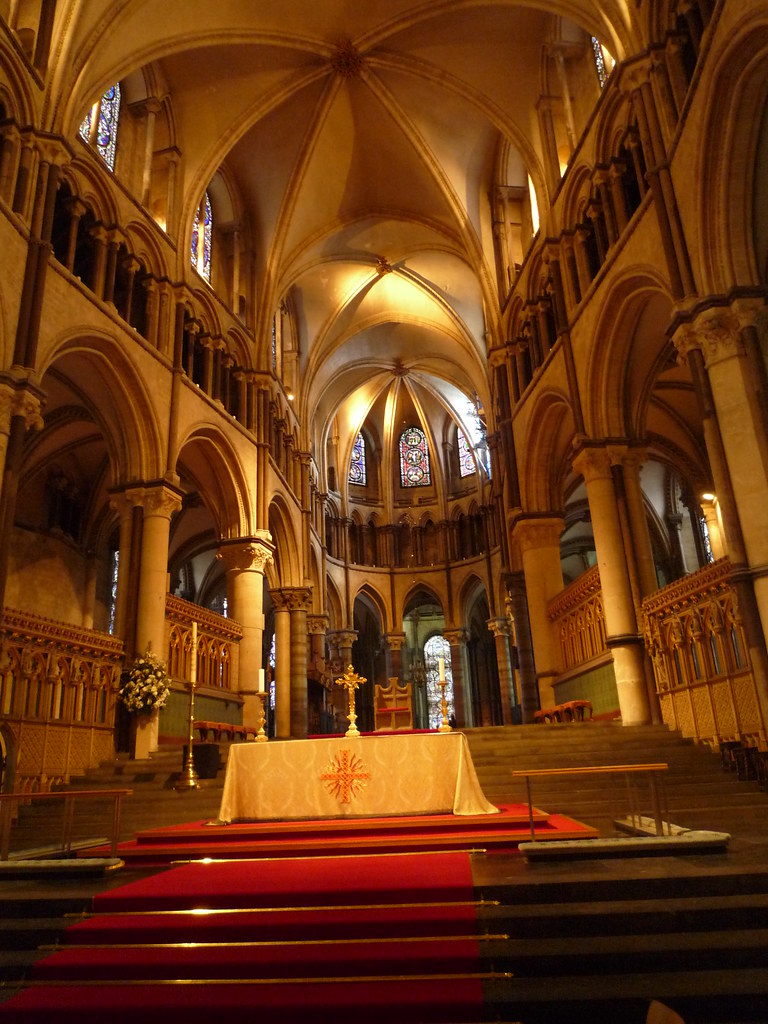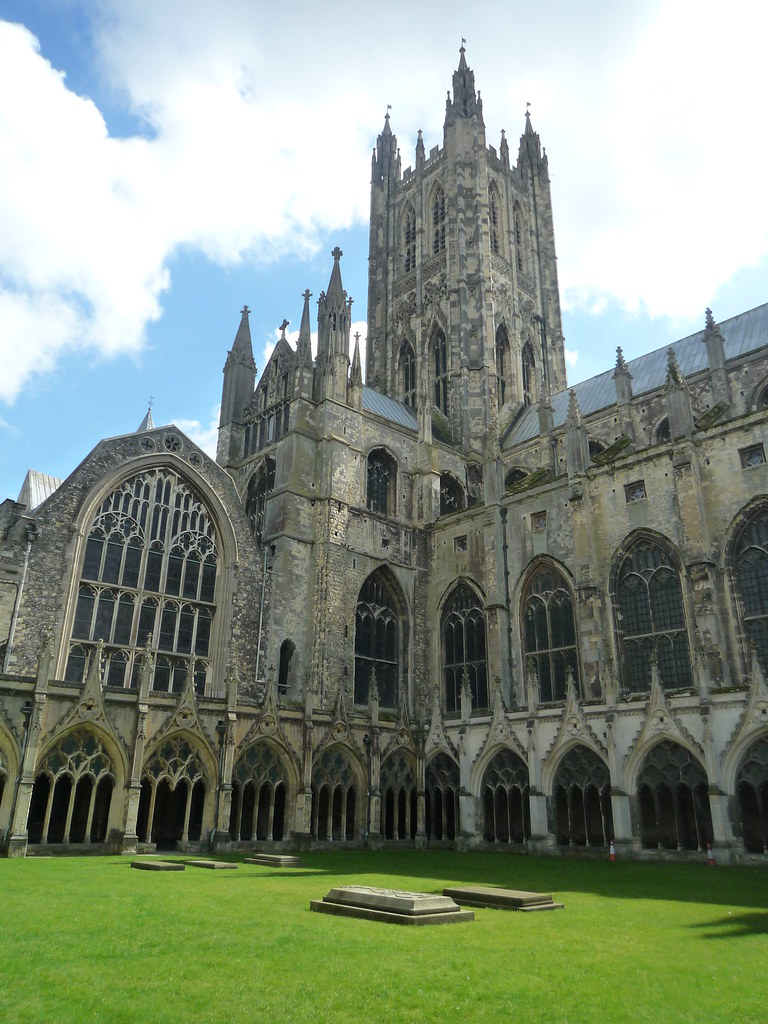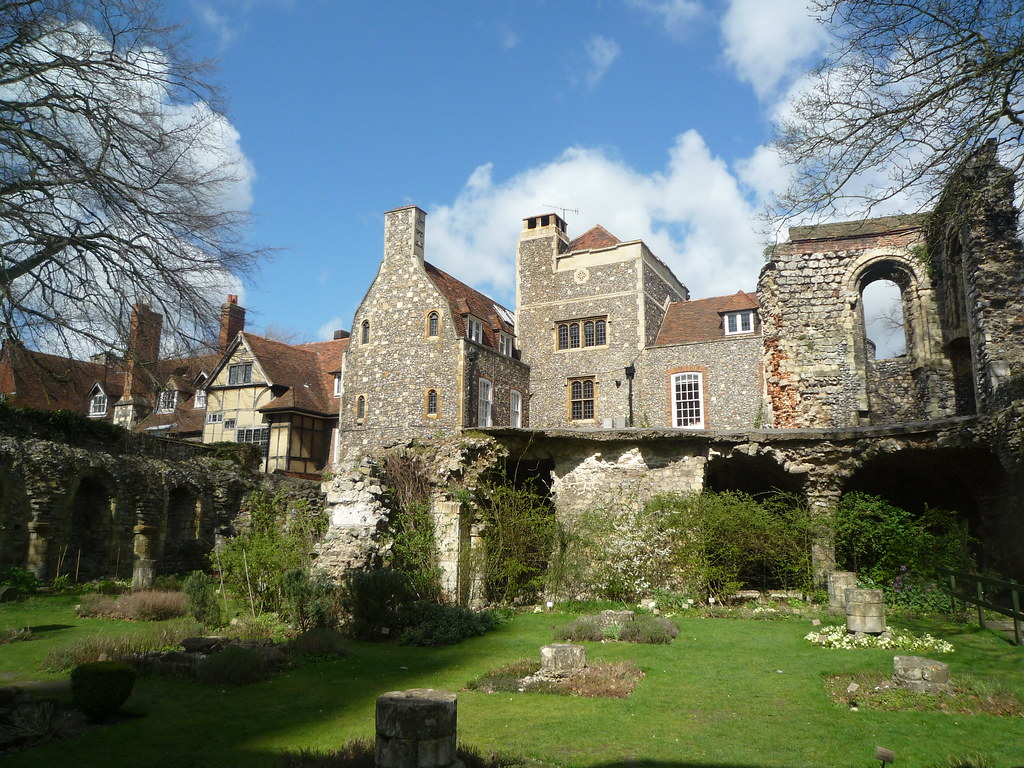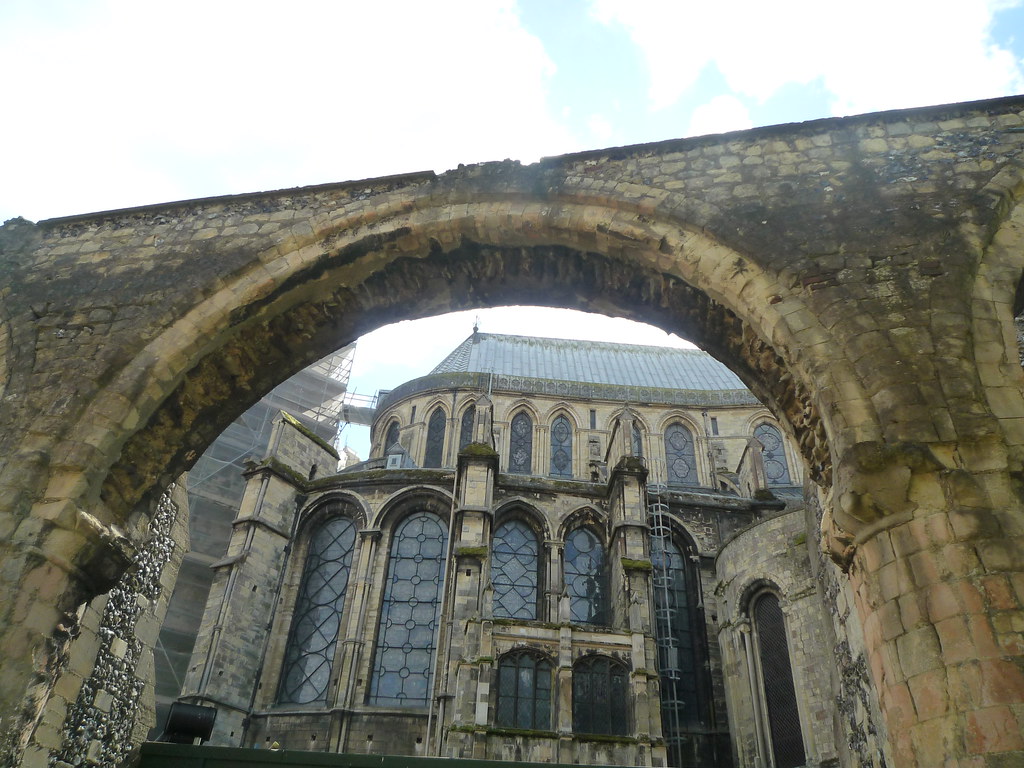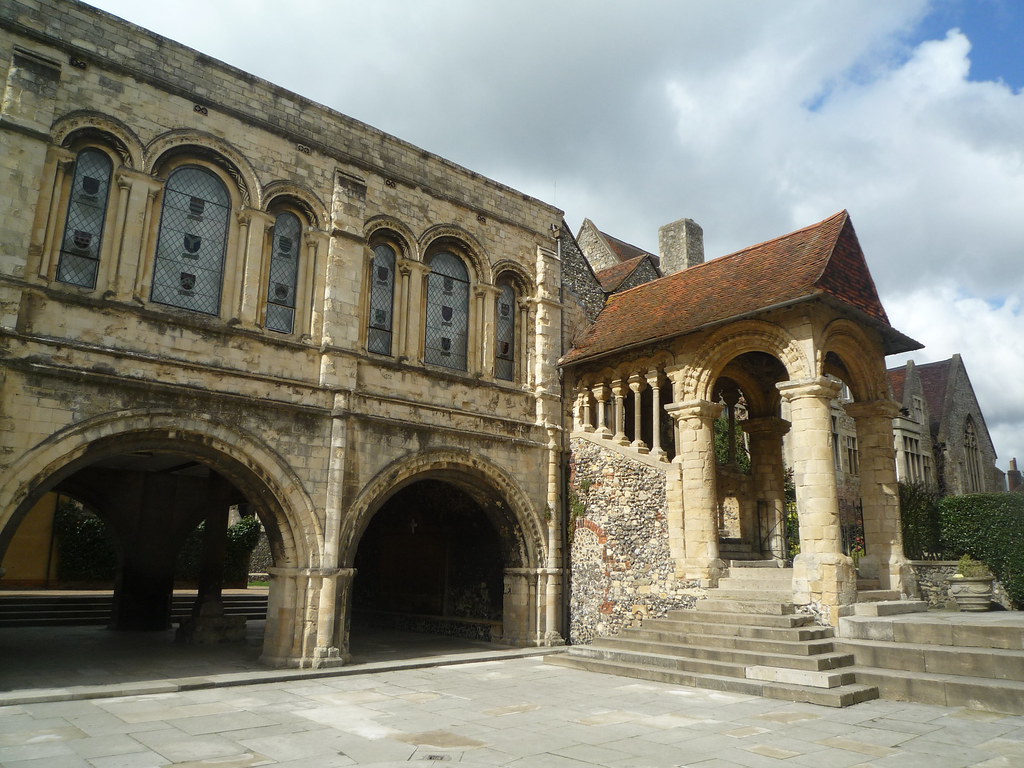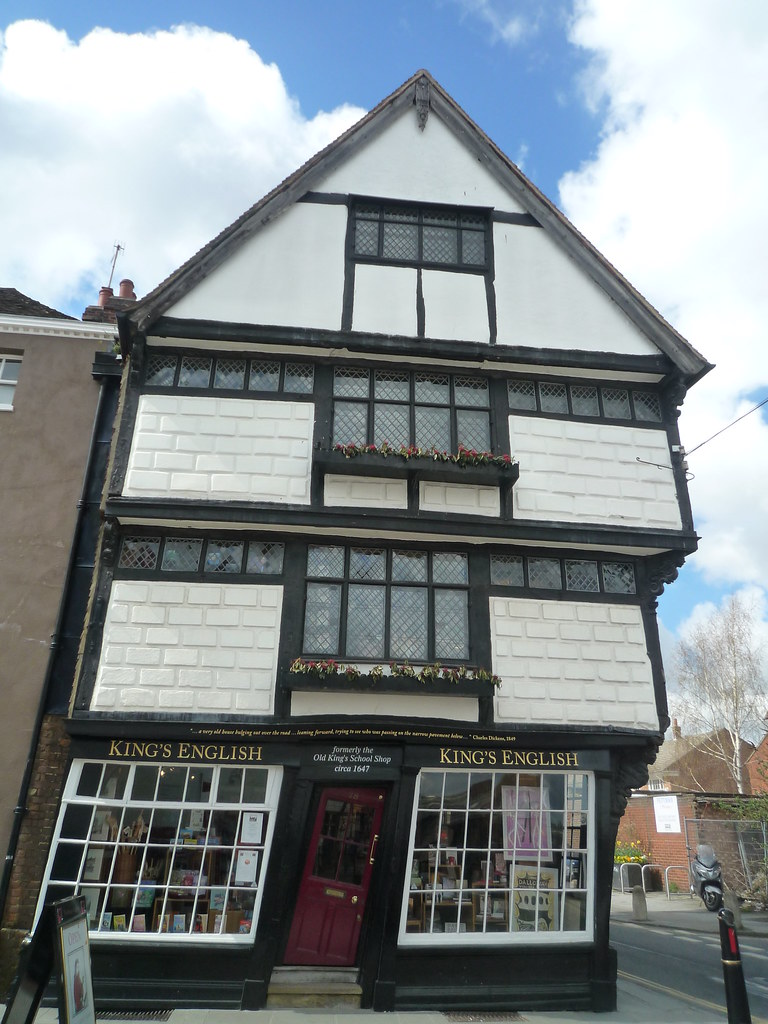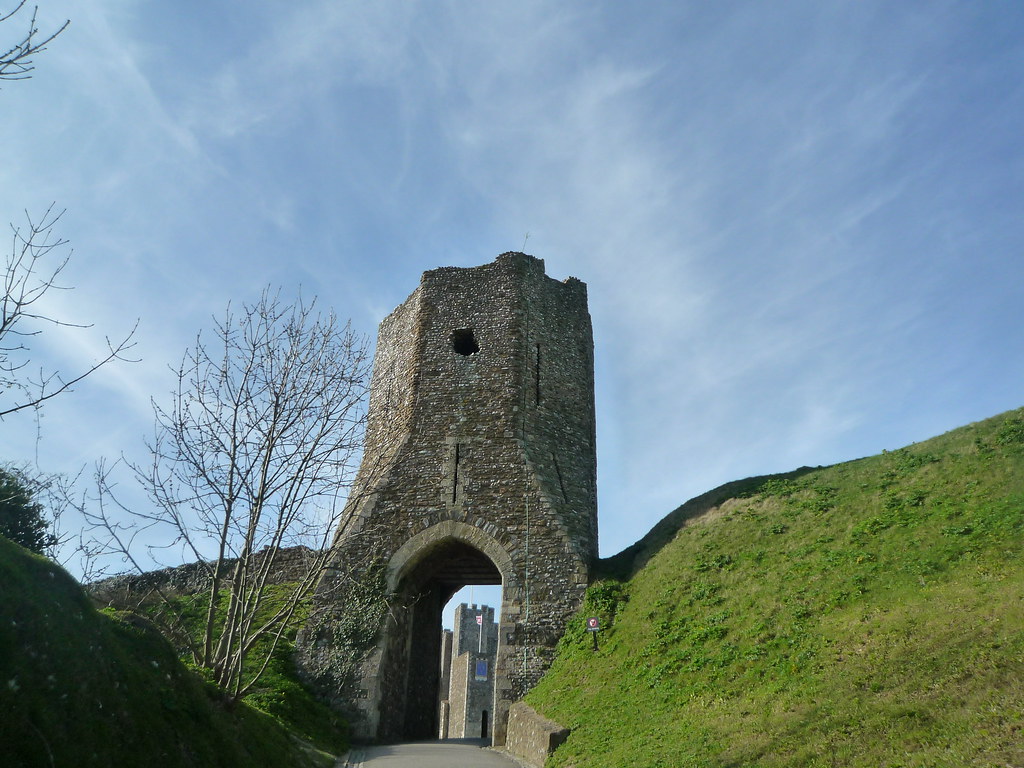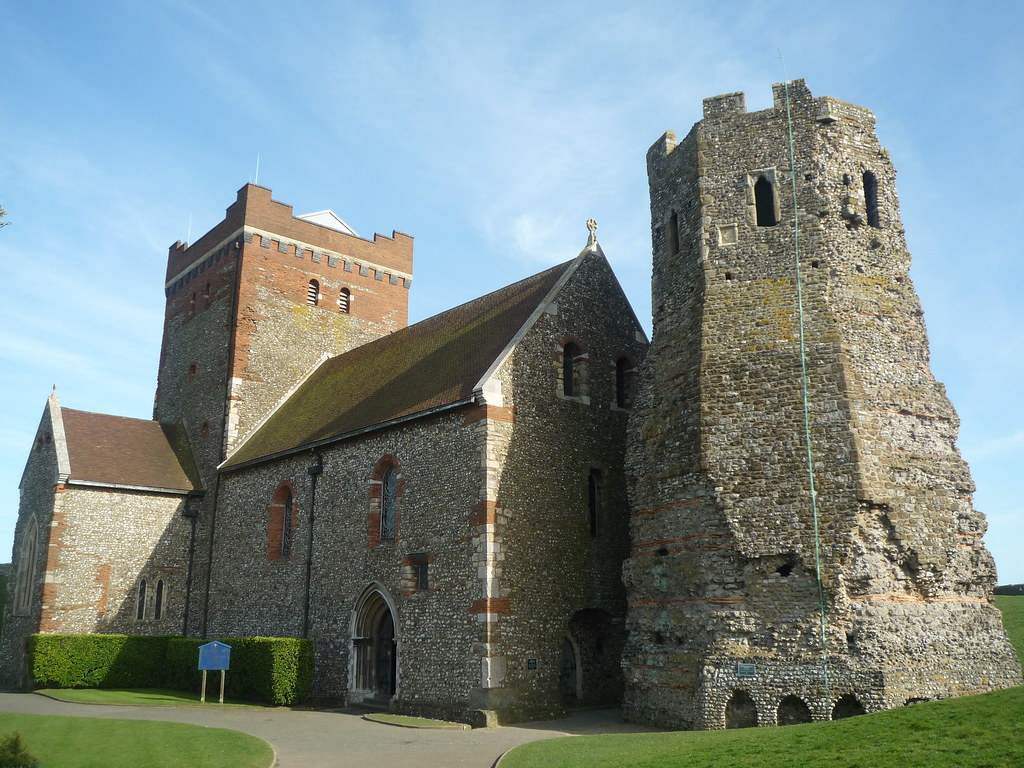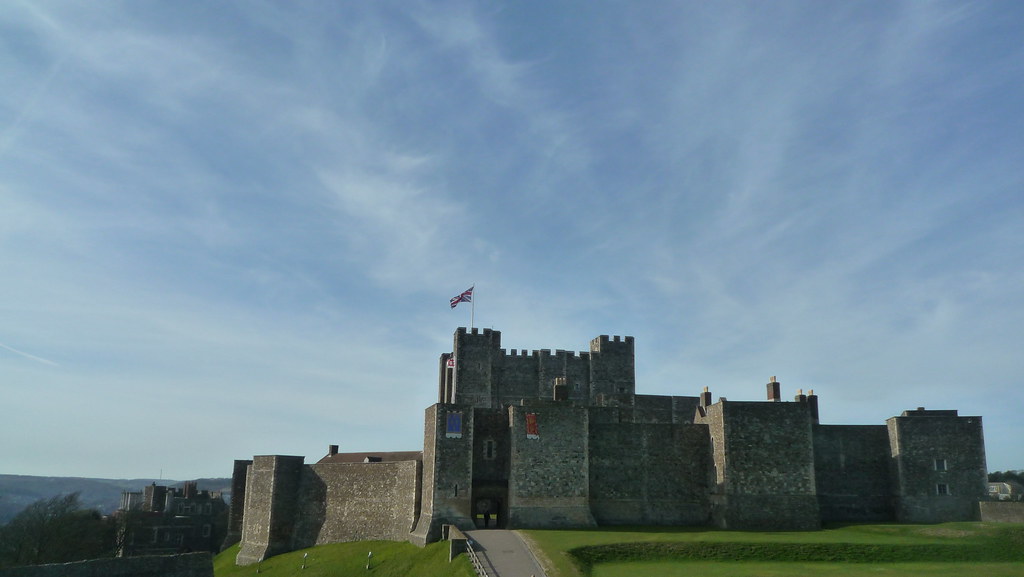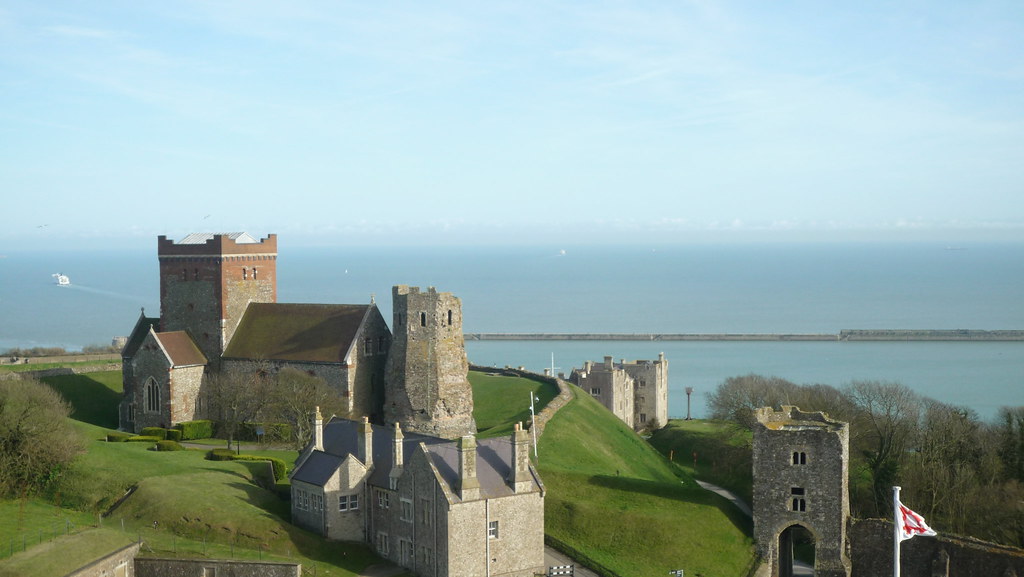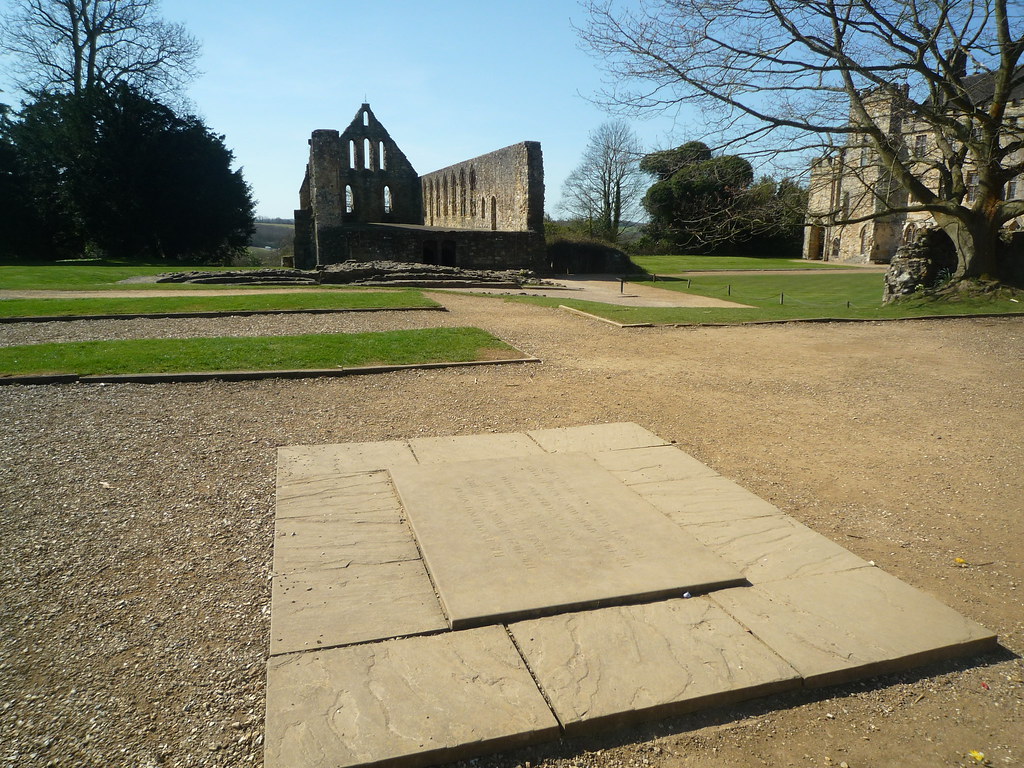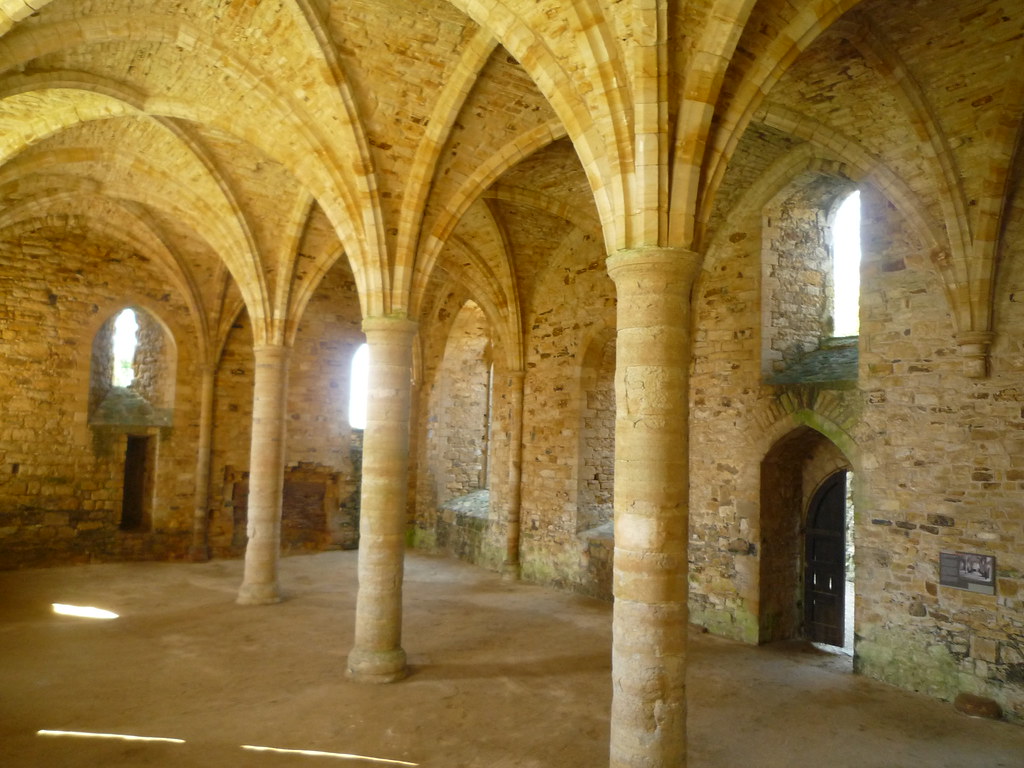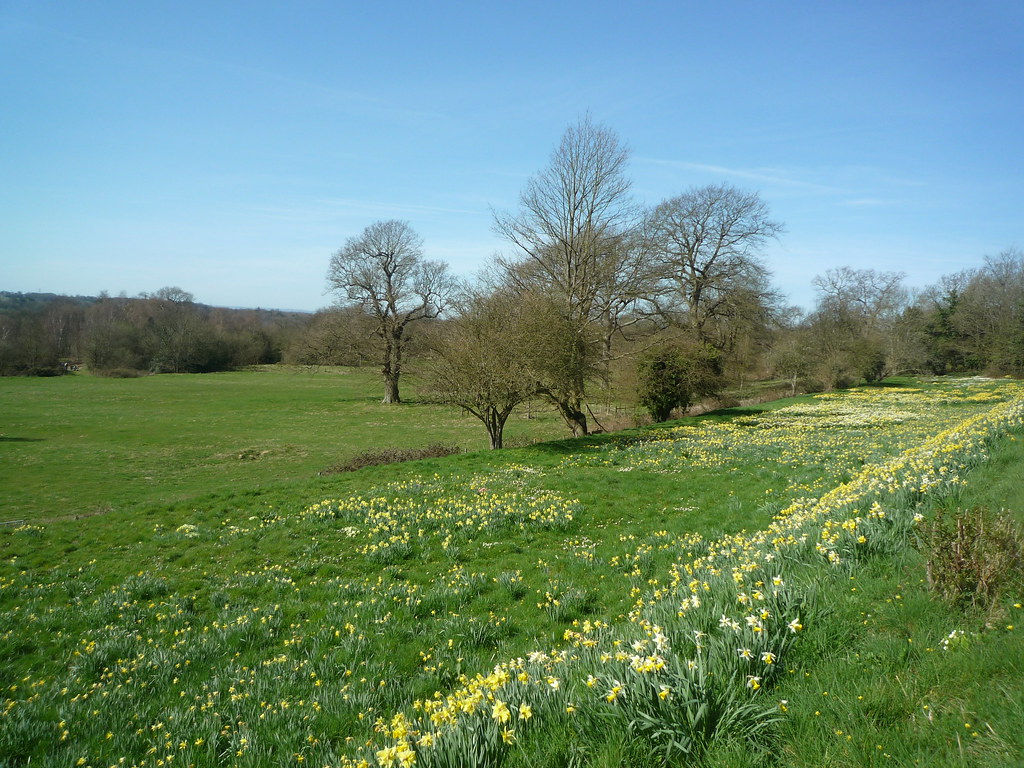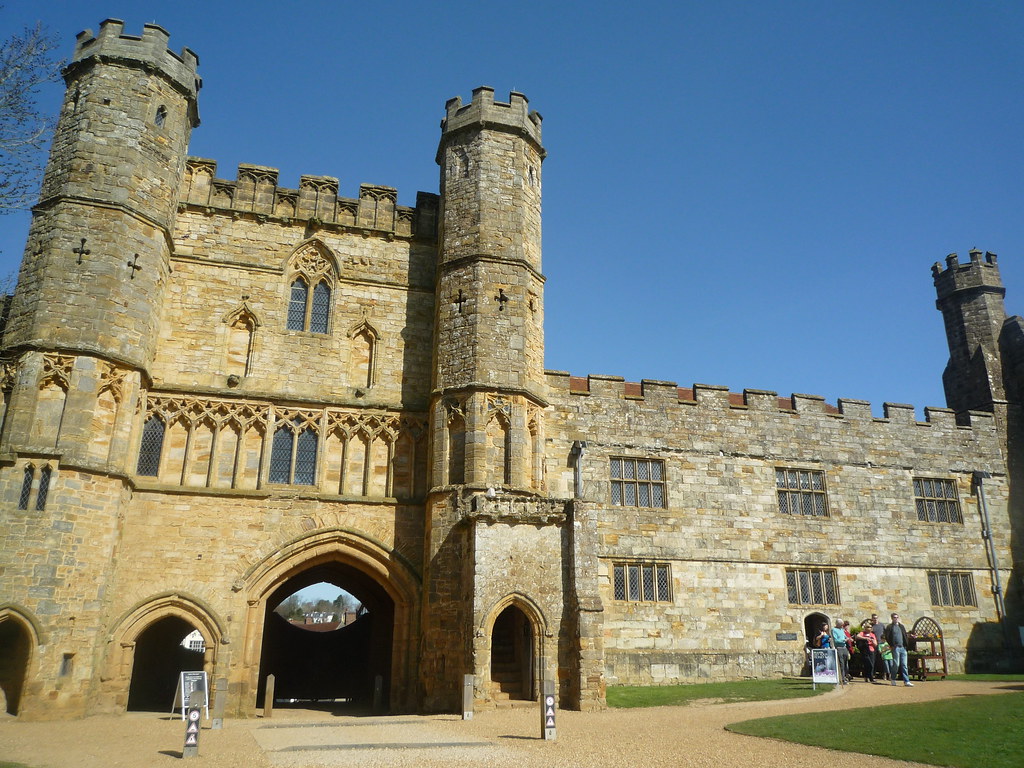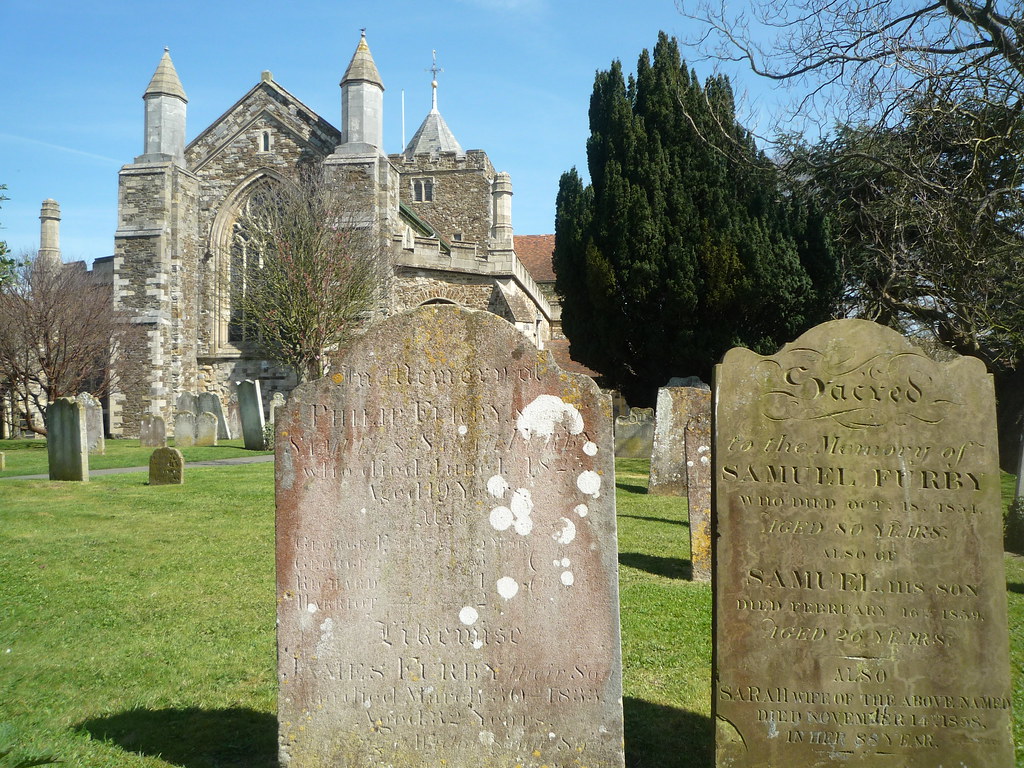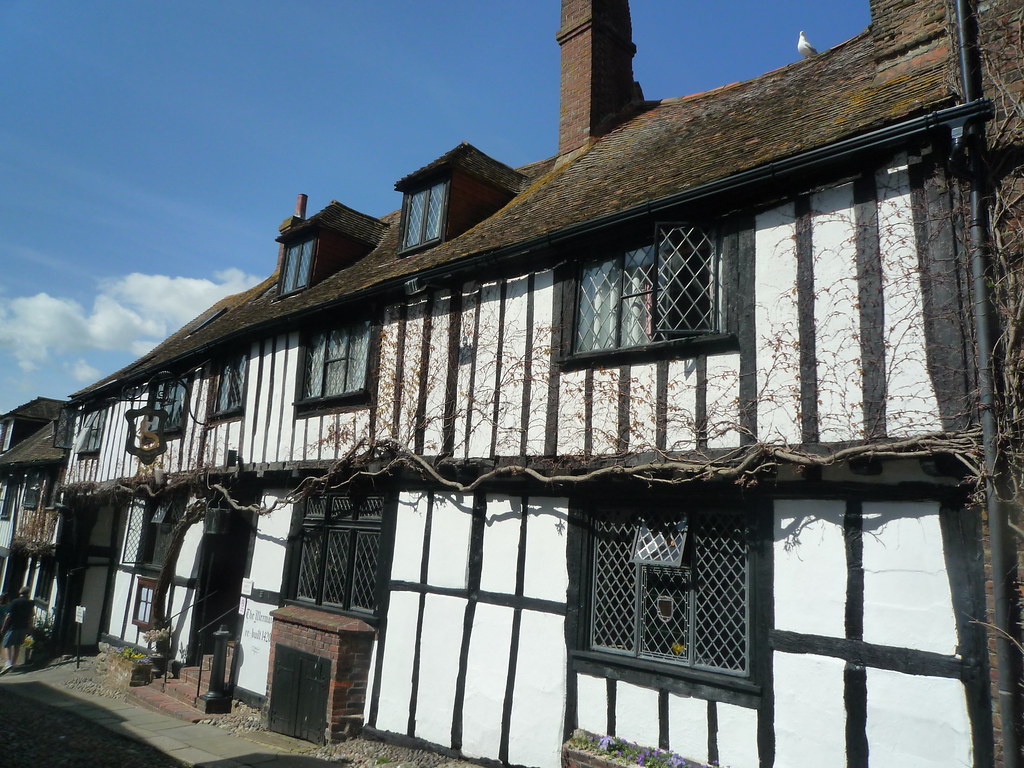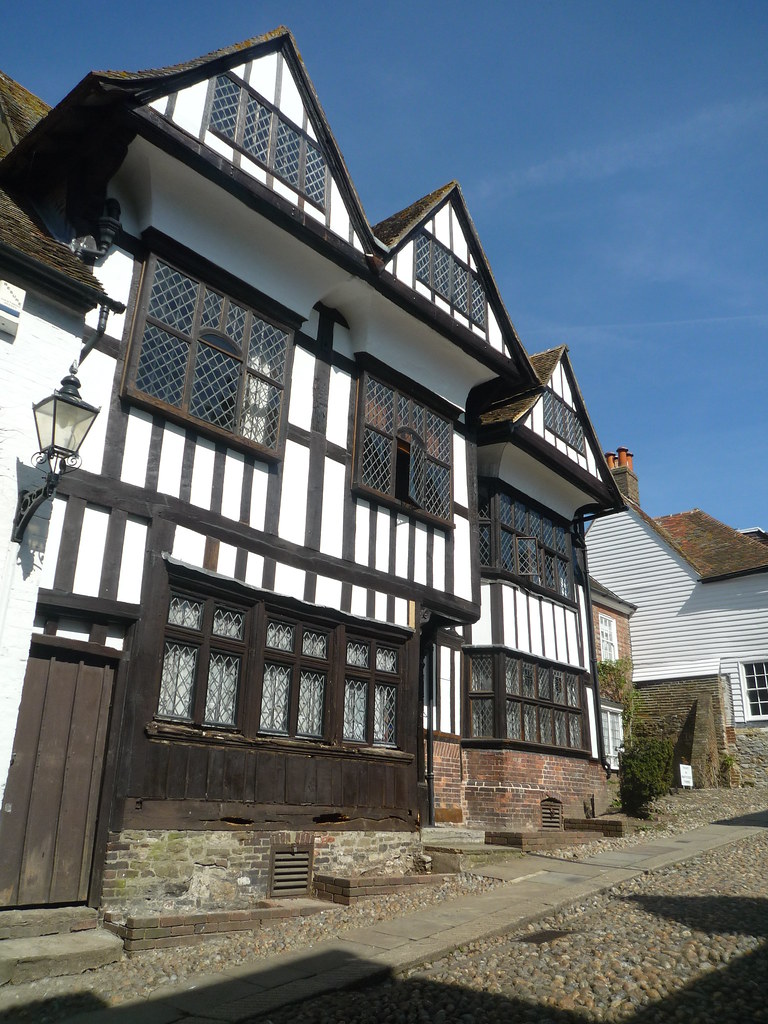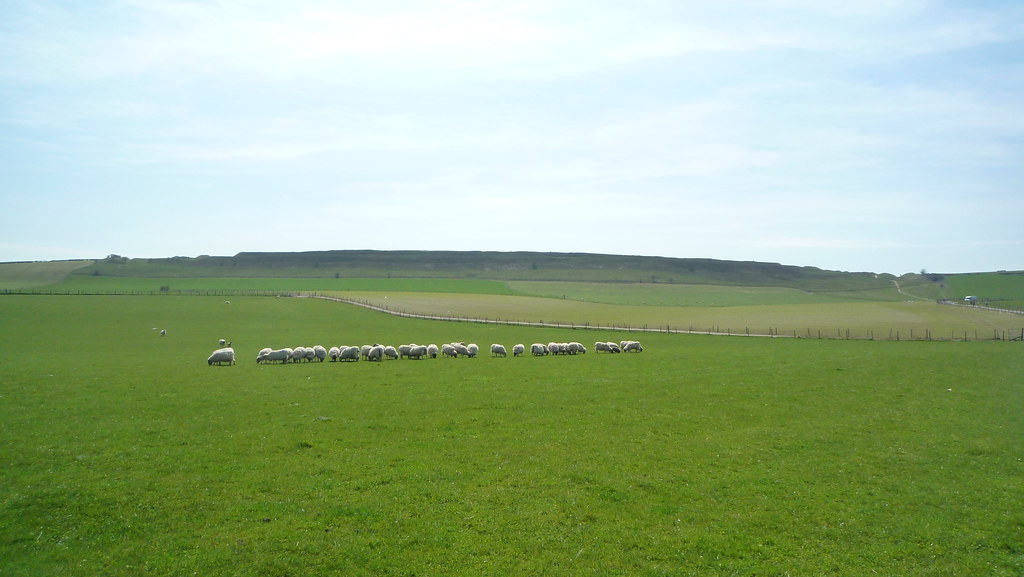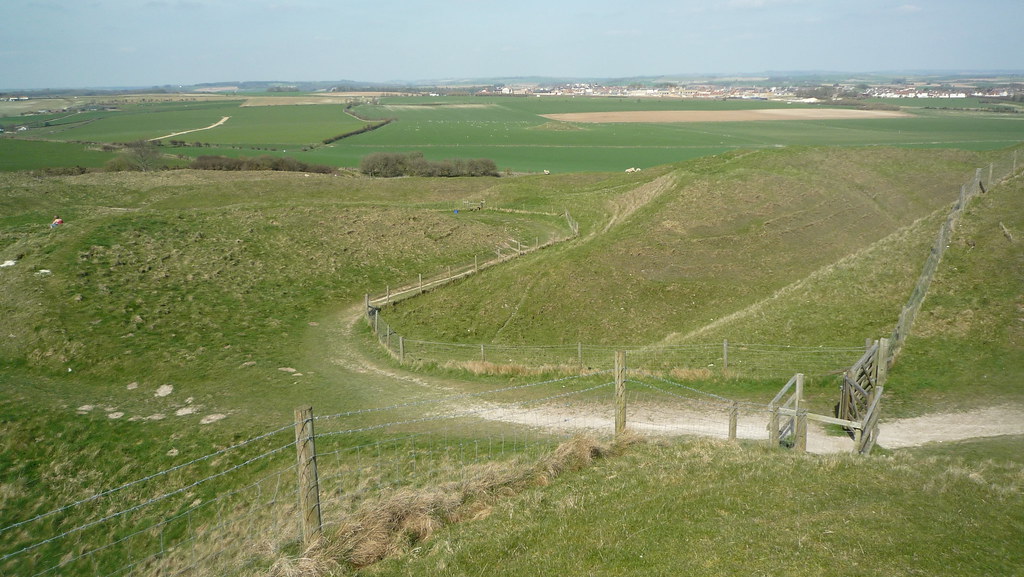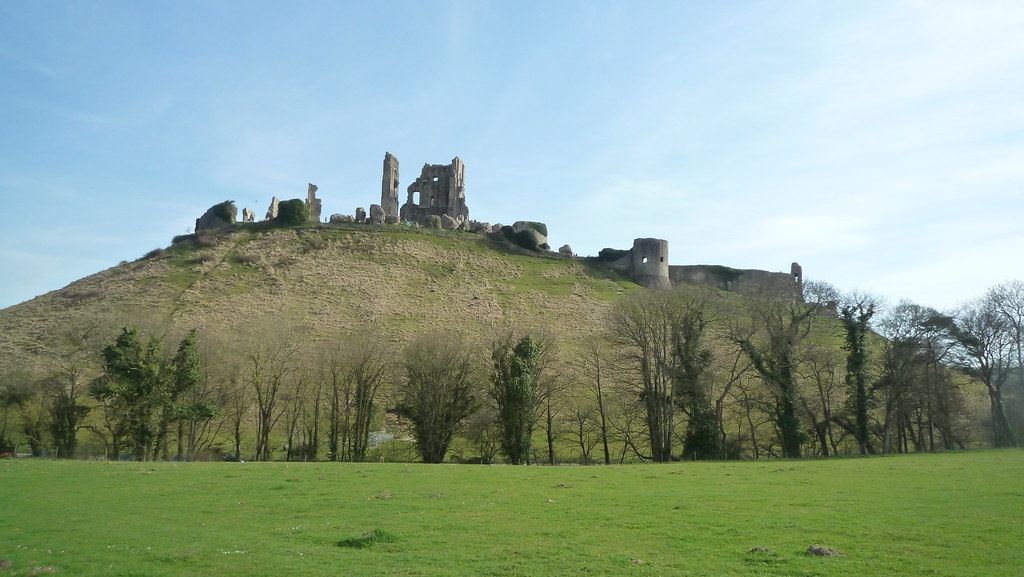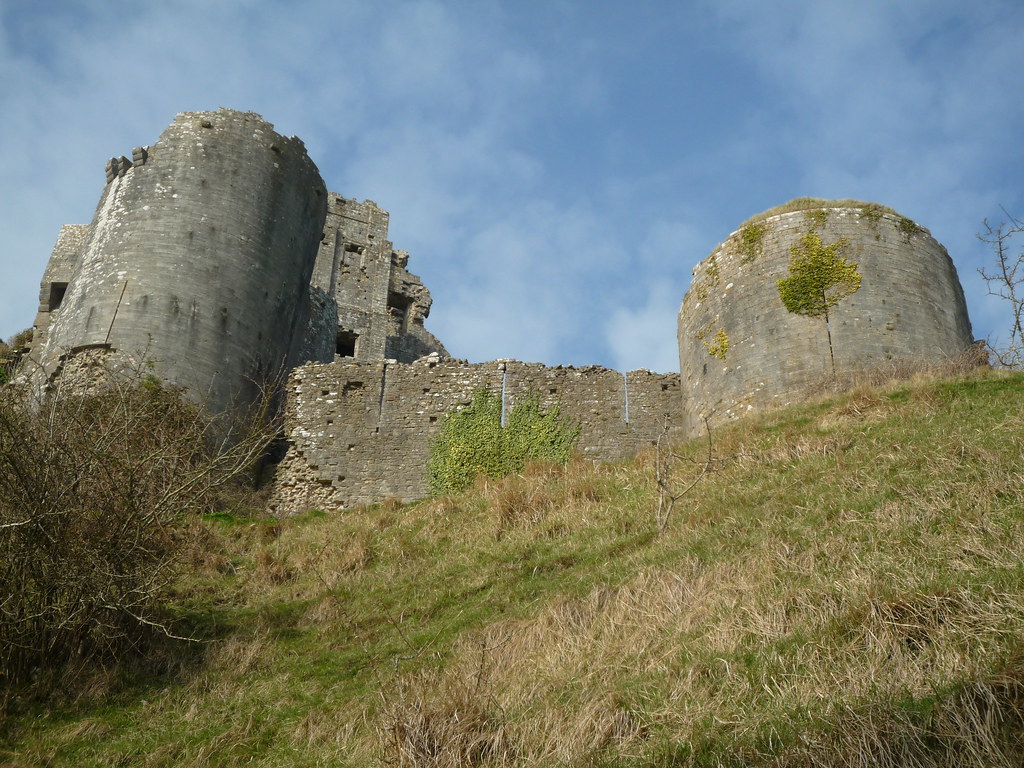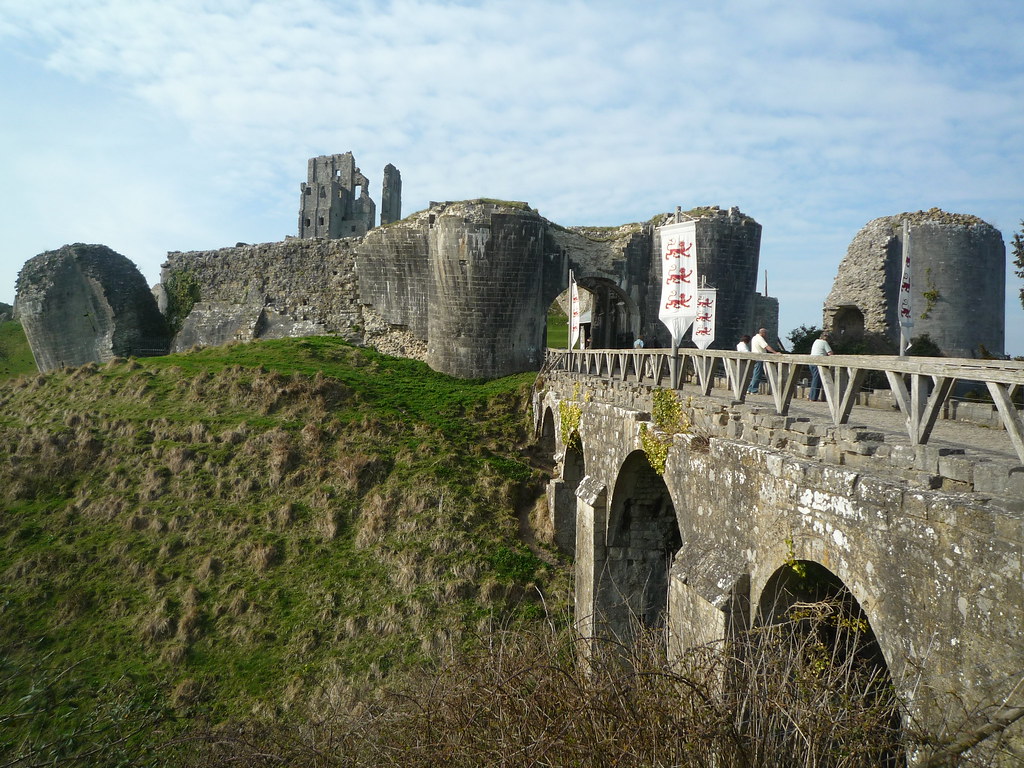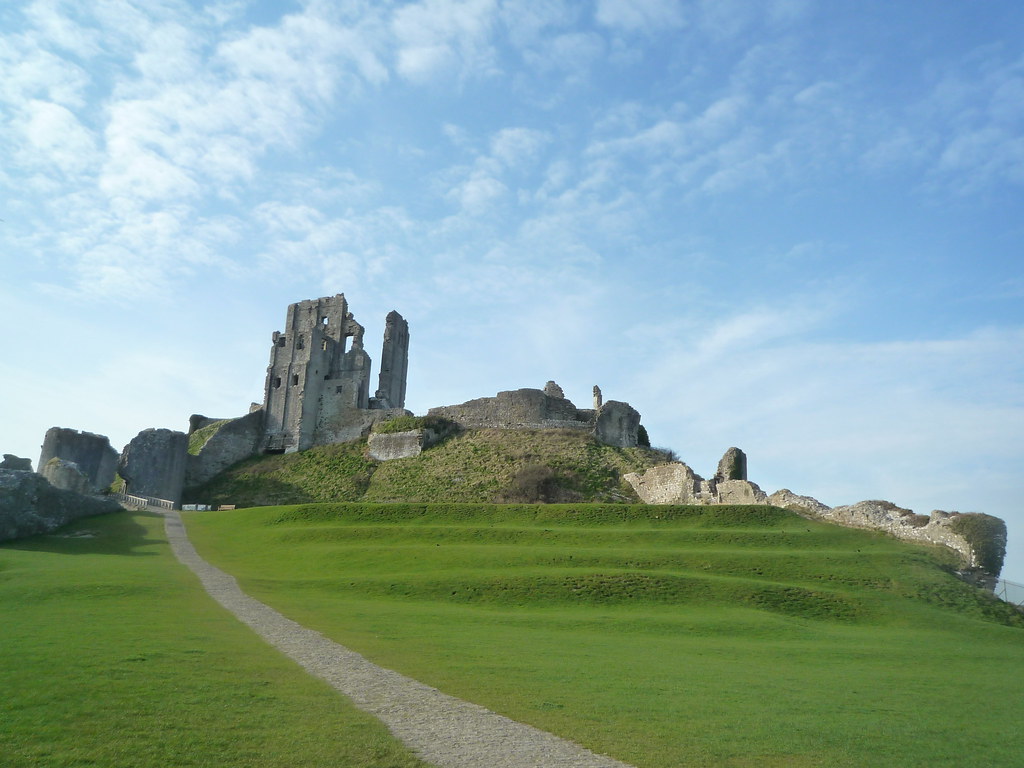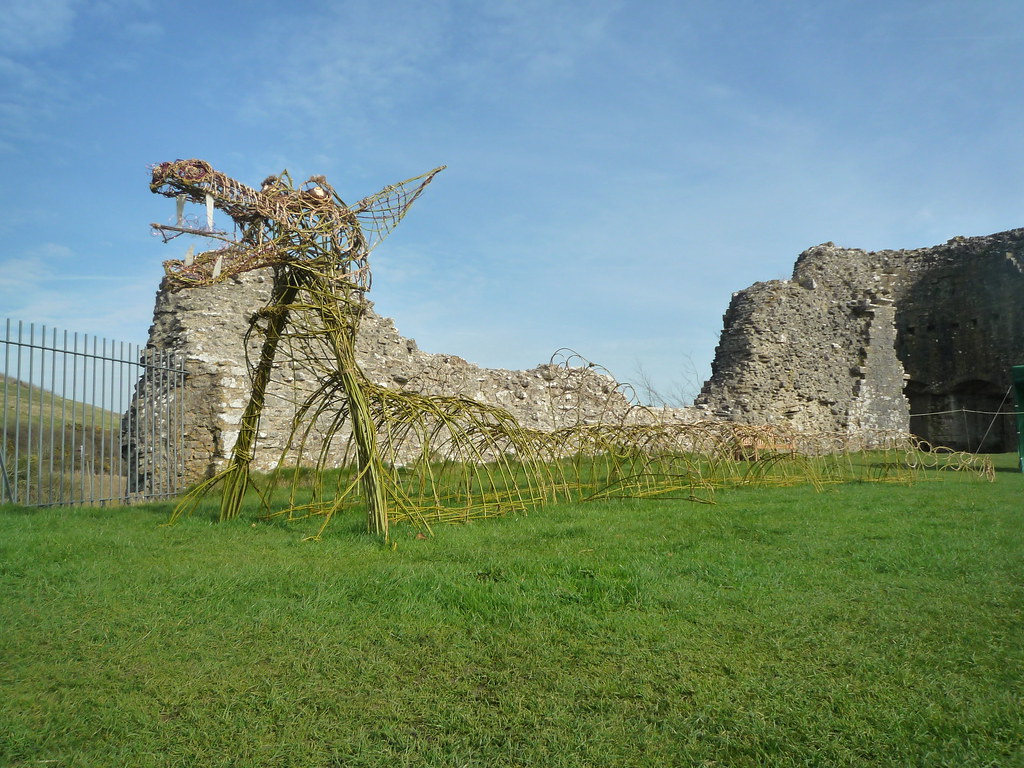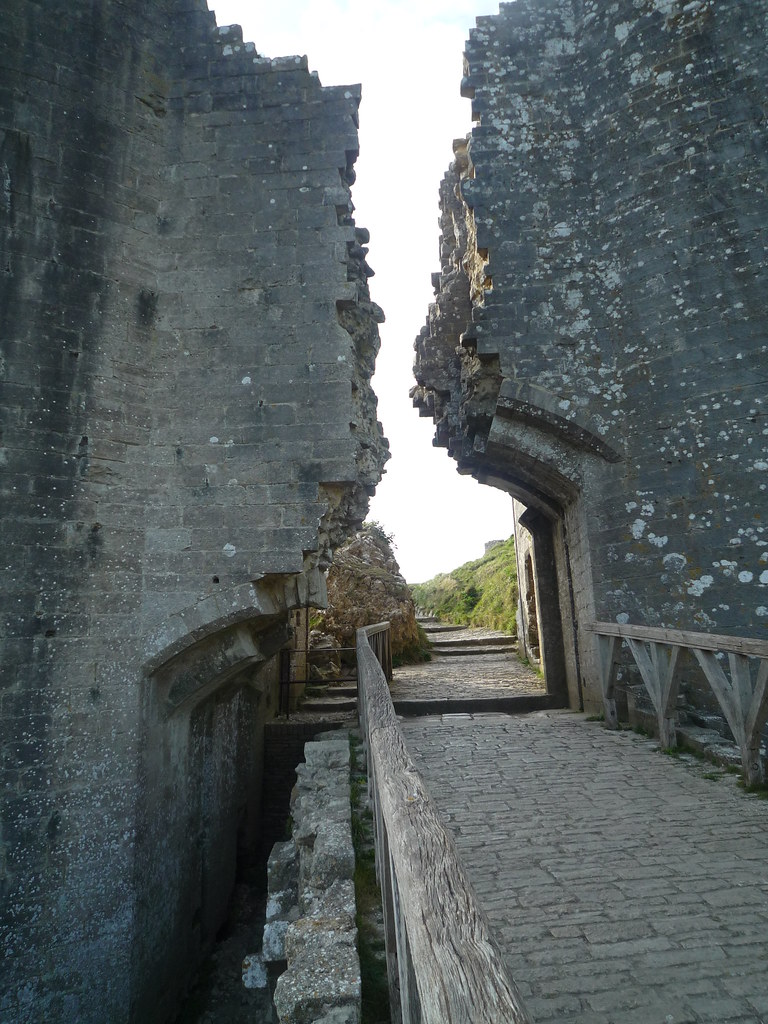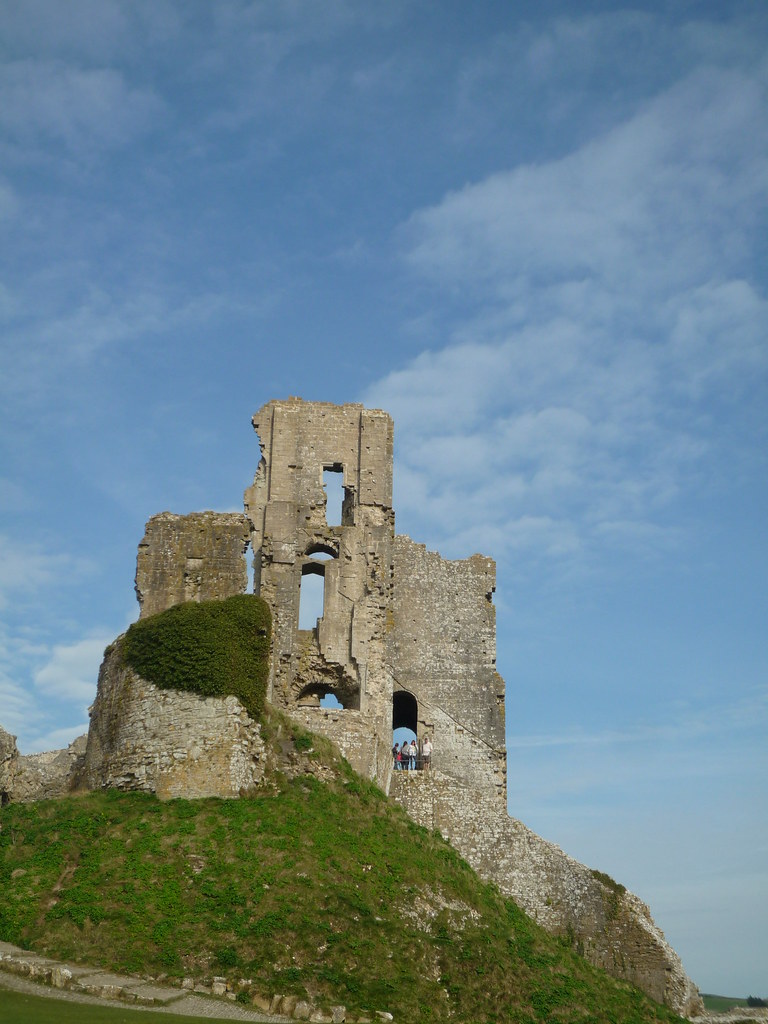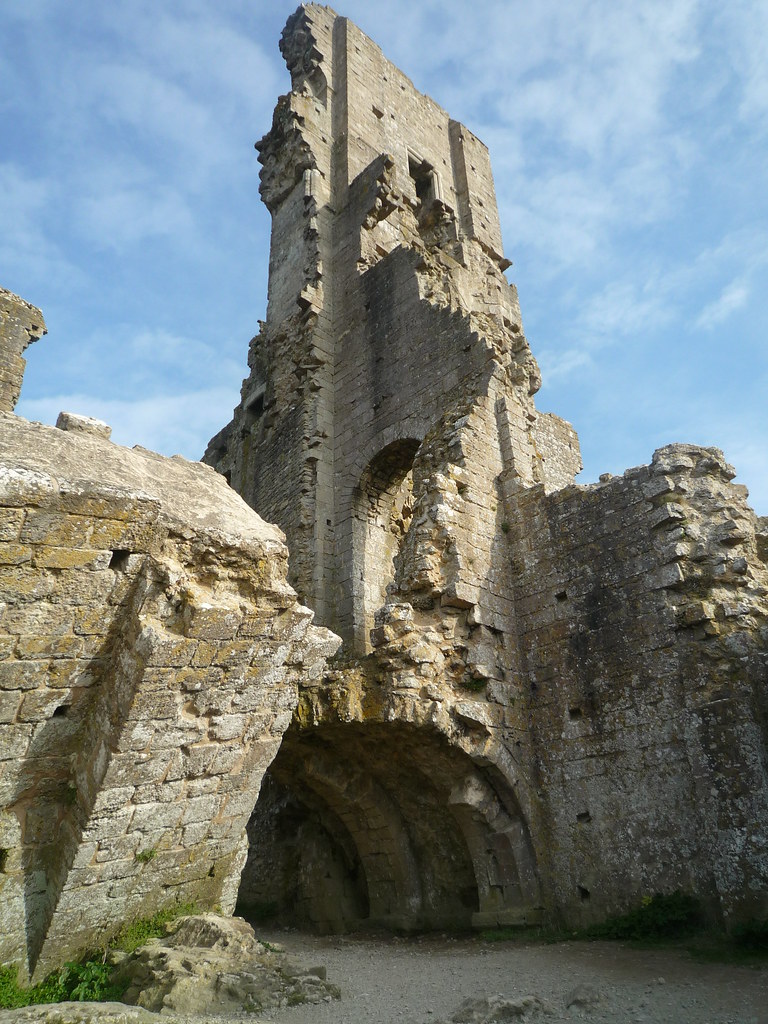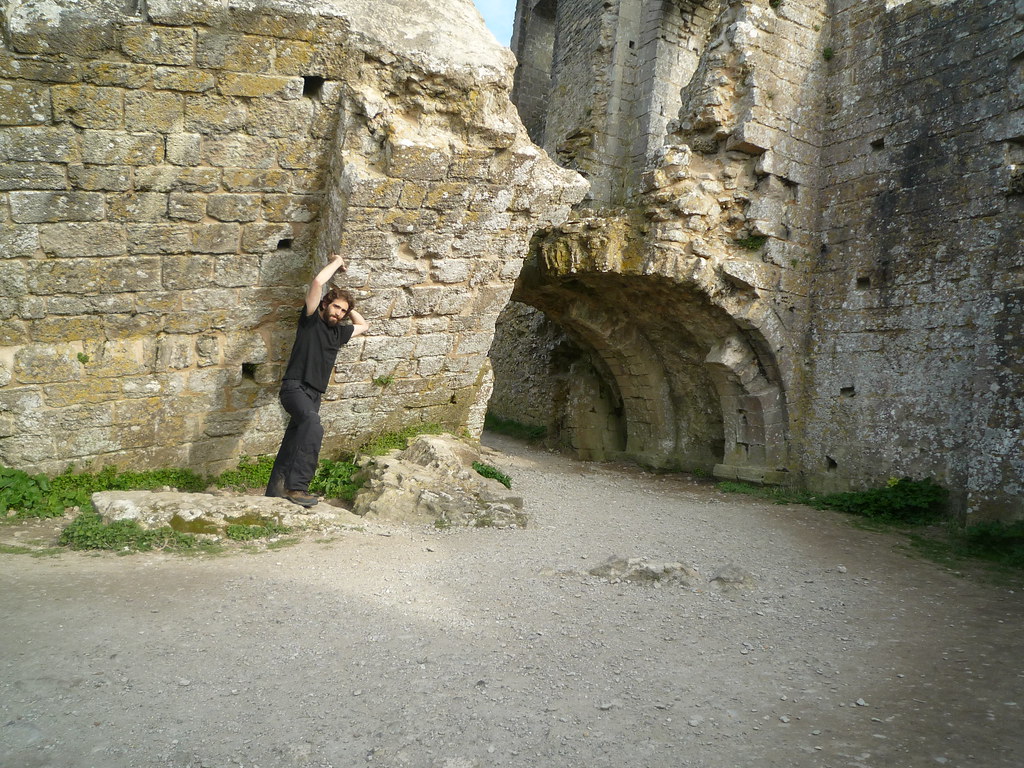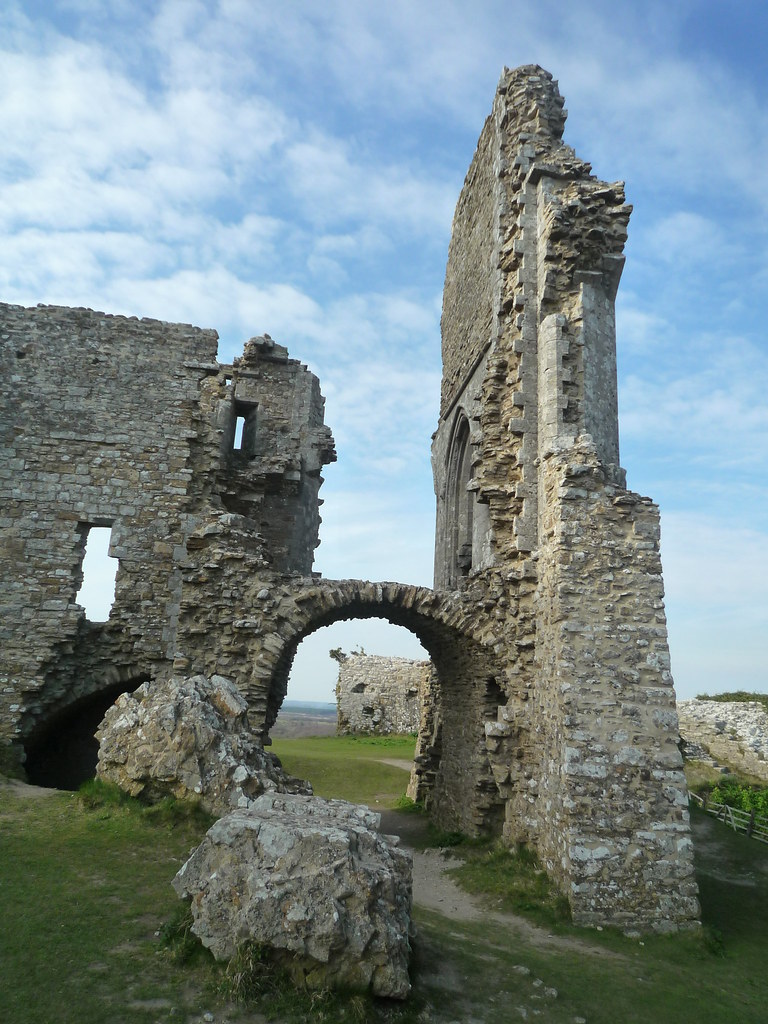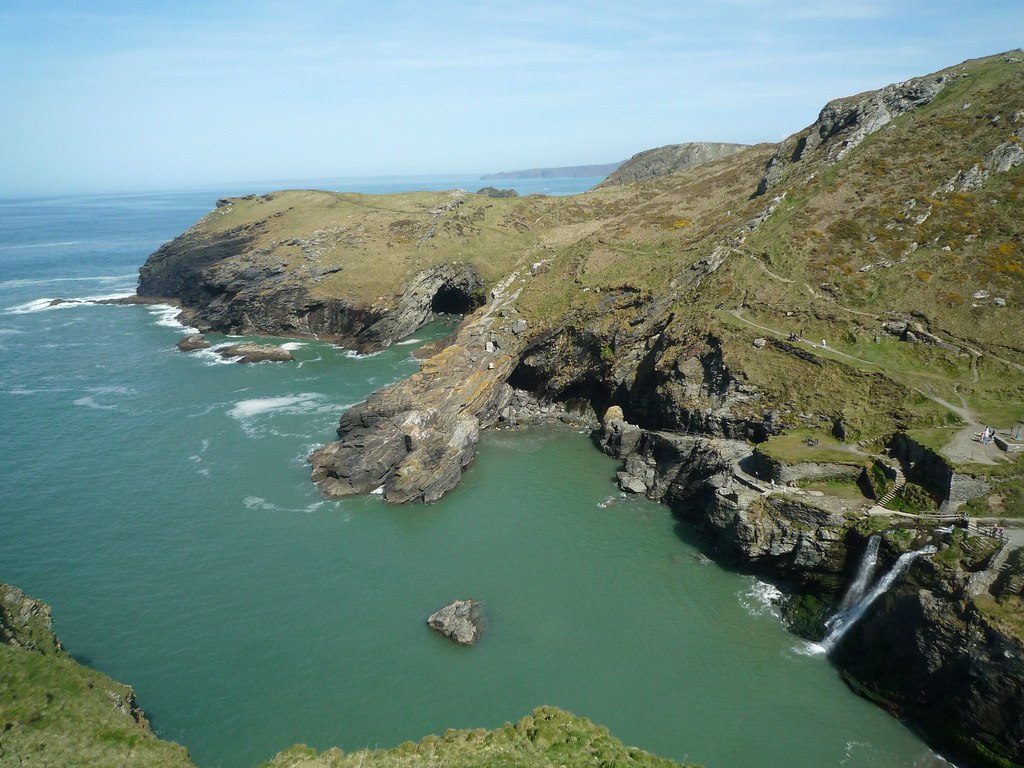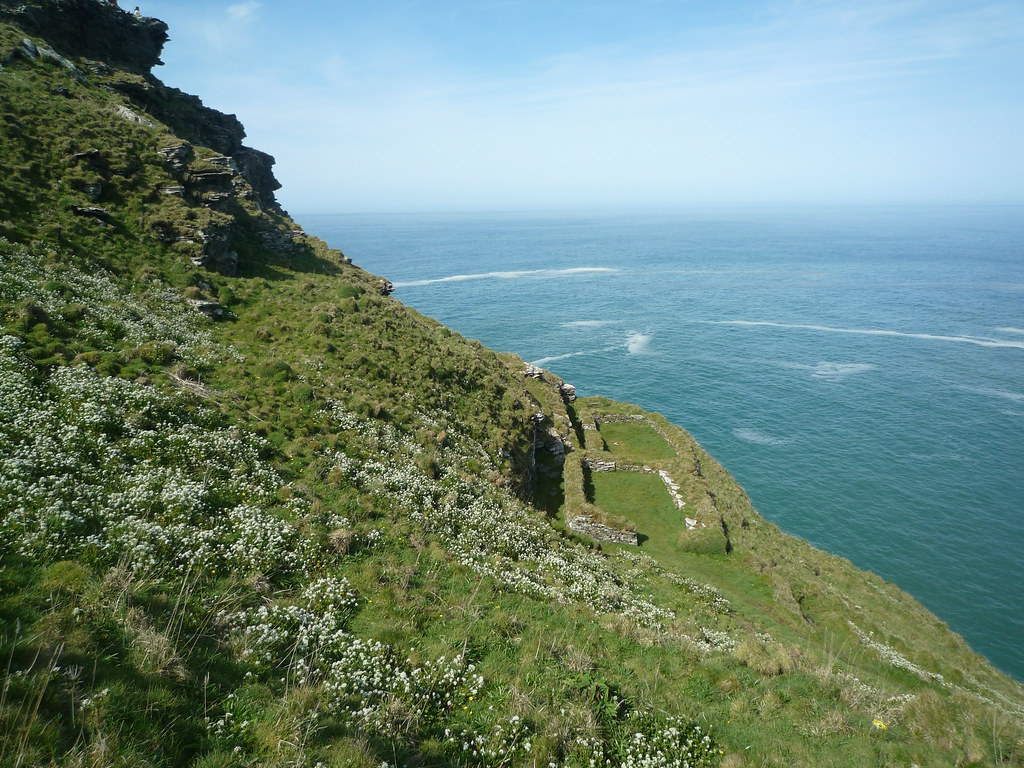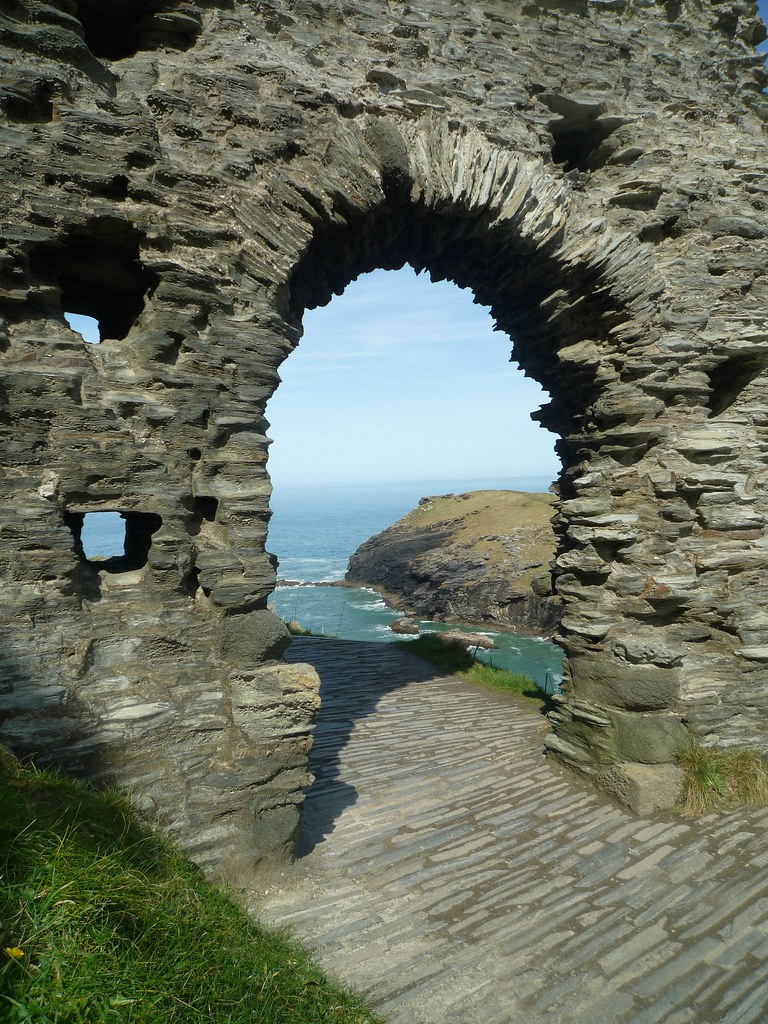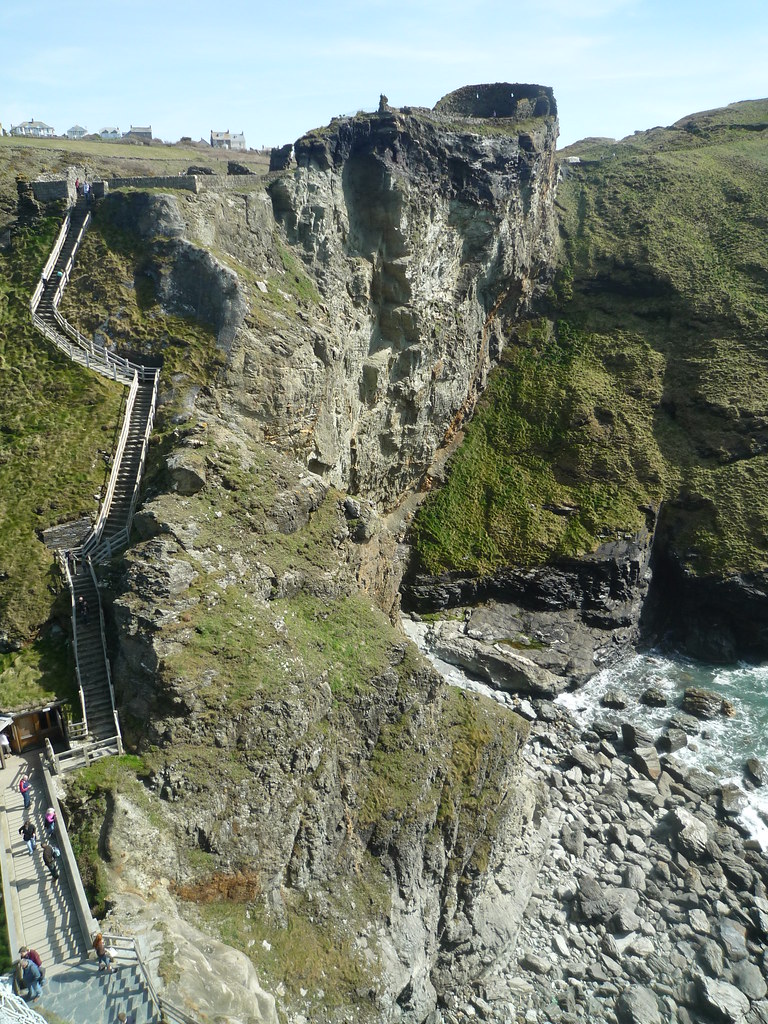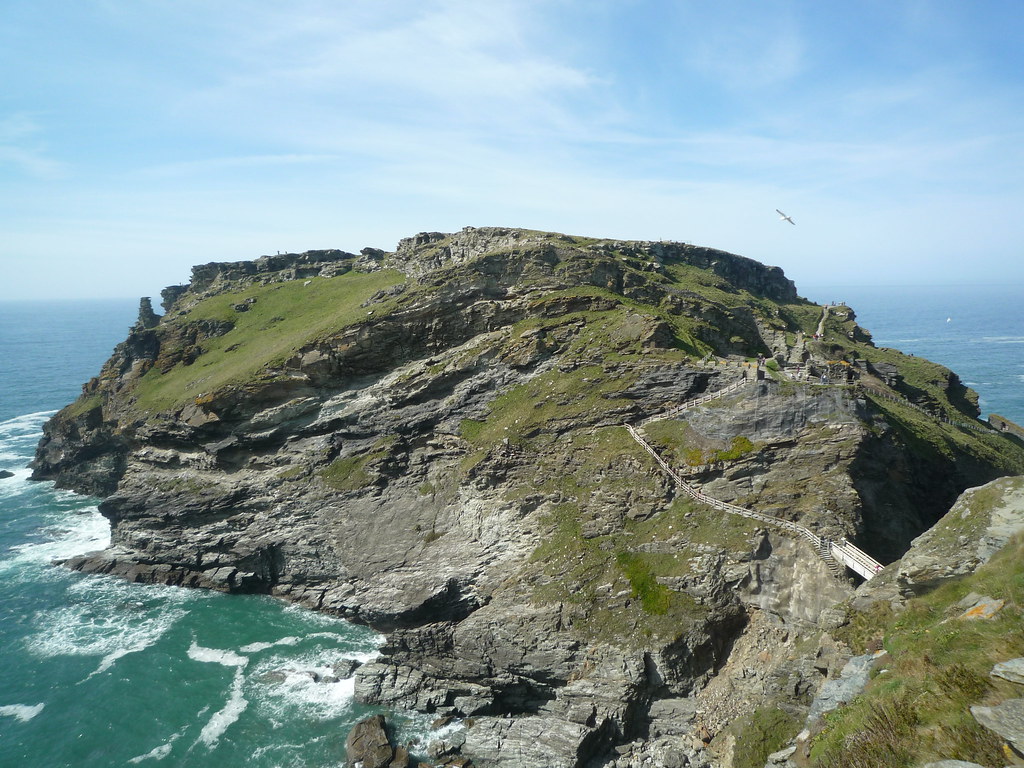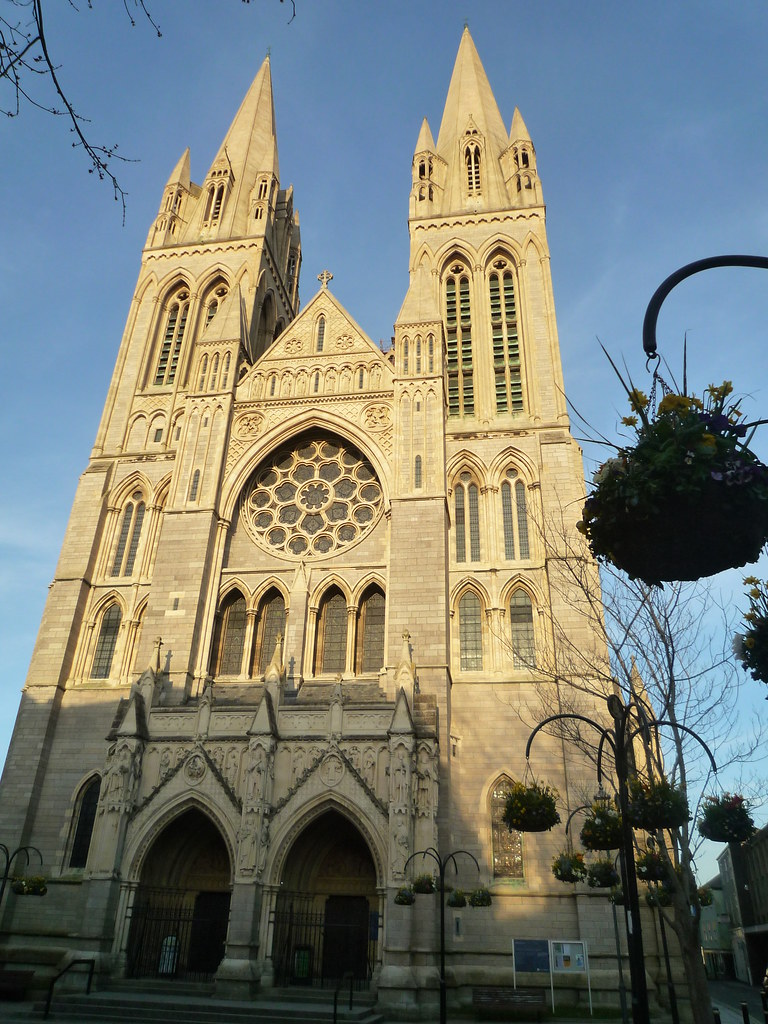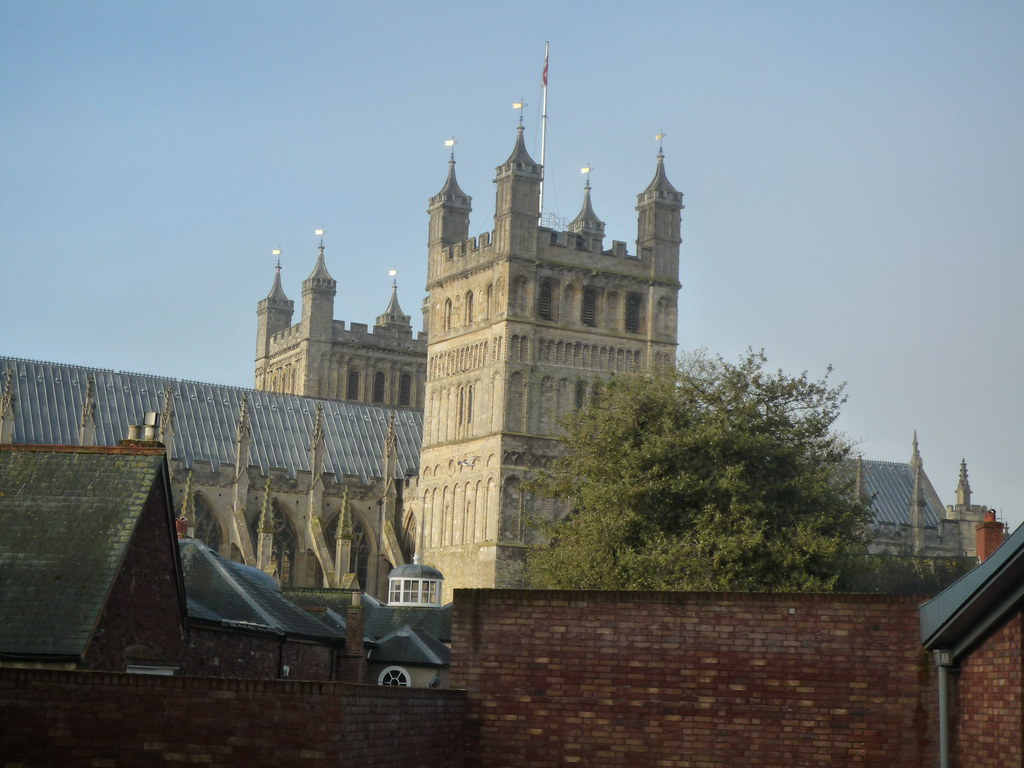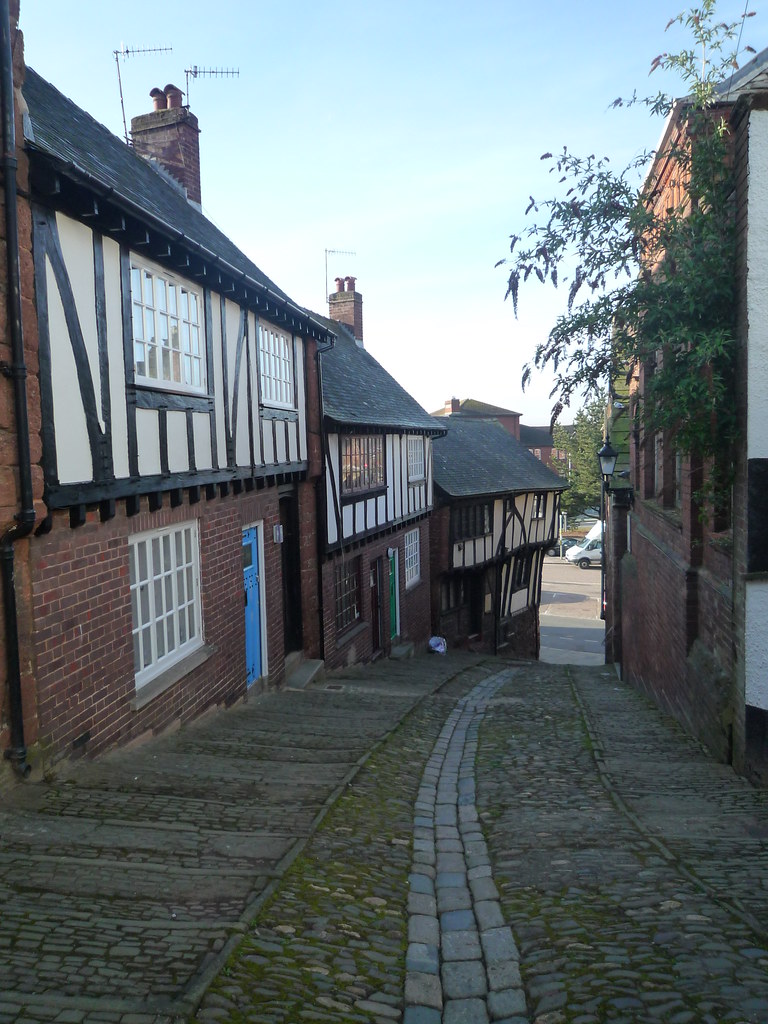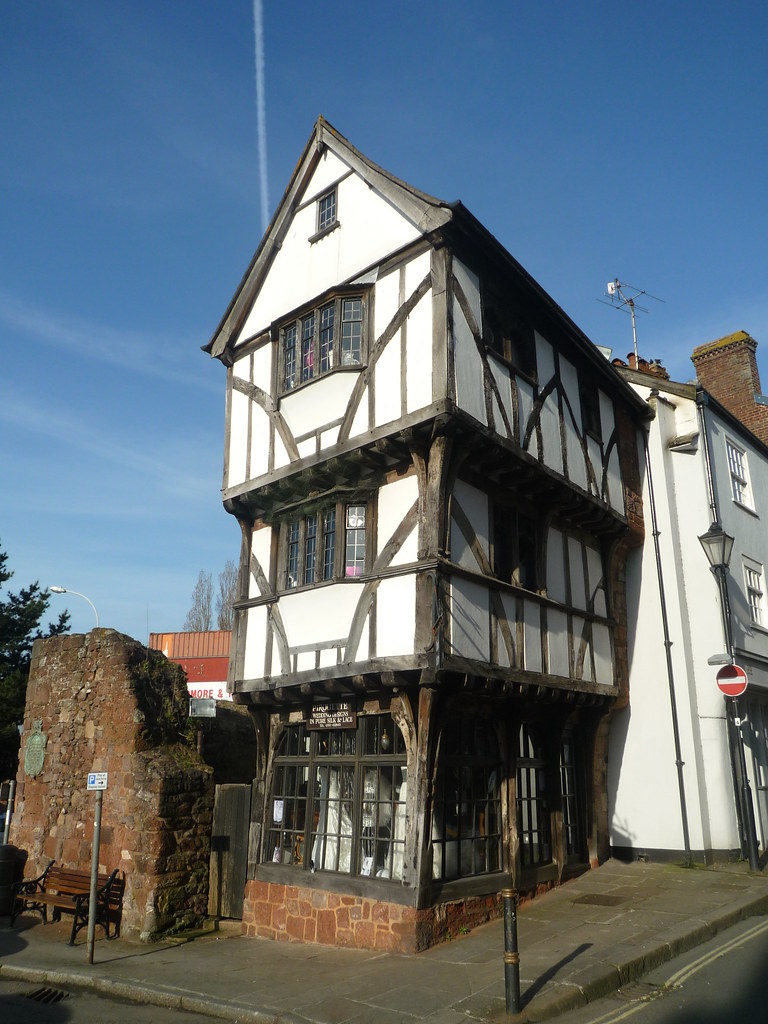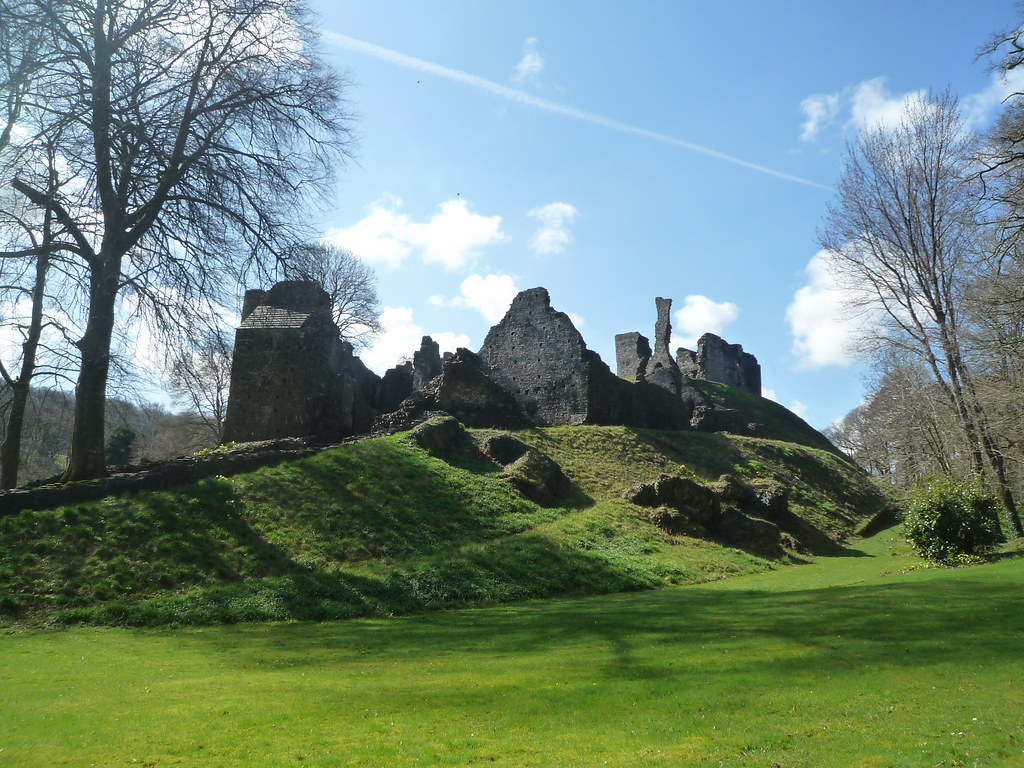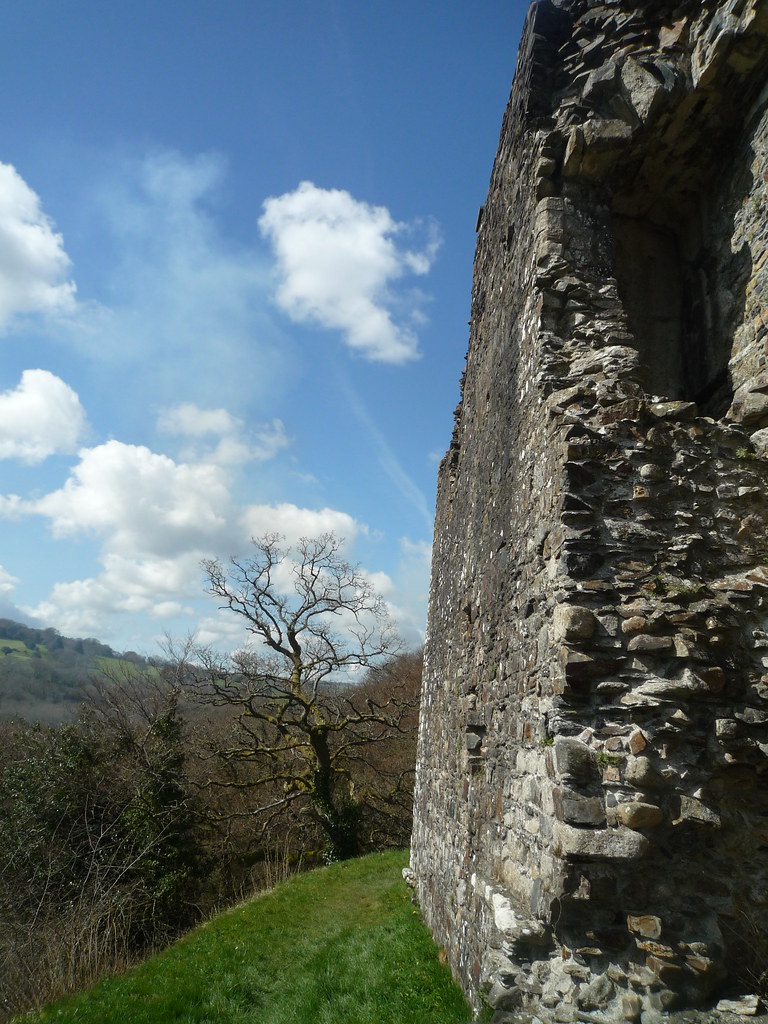Saturday, April 21, 2012
Dover
Posted by Landon at 3:19 AM 0 comments
Labels: Britain, castles fortresses and palaces, England
Battle Abbey and Rye
Posted by Landon at 3:01 AM 0 comments
Labels: architecture, Britain, England, places of worship, ruins
Friday, April 20, 2012
England's South Coast
Posted by Landon at 10:26 AM 0 comments
Labels: Britain, castles fortresses and palaces, England, hobocore, ruins
Cornwall
Posted by Landon at 9:56 AM 0 comments
Labels: Britain, castles fortresses and palaces, England, places of worship, ruins
Exeter and Okehampton
I started out just past dawn in order to view the town wall, the street art pieces, and the cathedral. The town walls included a niche with a memorial because the old town was targeted for bombing by the Nazis.
Posted by Landon at 9:34 AM 0 comments
Labels: Britain, castles fortresses and palaces, England, places of worship, ruins
Search This Blog
Categories
- korea (148)
- places of worship (103)
- Britain (63)
- ruins (51)
- awesomeness (48)
- castles fortresses and palaces (47)
- England (38)
- Japan (34)
- architecture (34)
- art (34)
- teaching (34)
- politics (29)
- holidays and festivals (28)
- food (22)
- news (22)
- Cambodia (19)
- philosophy (19)
- Iceland (17)
- volcanoes (17)
- hiking (15)
- meta-blogging (15)
- Wales (13)
- Scotland (12)
- hobocore (12)
- music (12)
- comics (9)
- religion (9)
- cemeteries (7)
- the future (6)
- Viking (5)
- books (5)
- mindfulness (5)
- Romans (4)
- movies (4)
- writing (3)
- Canada (2)
- glaciers (2)
